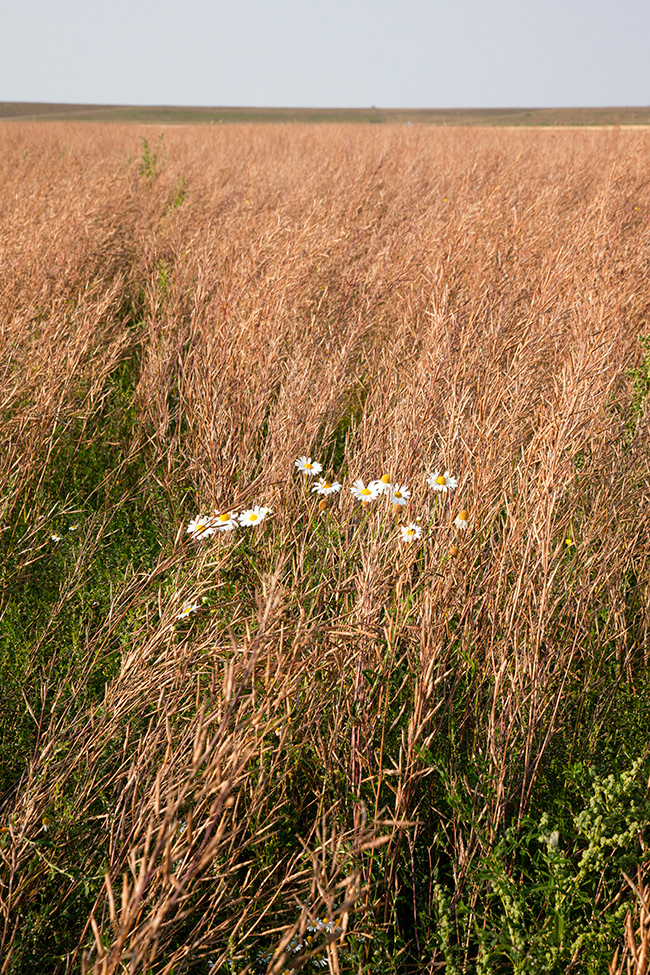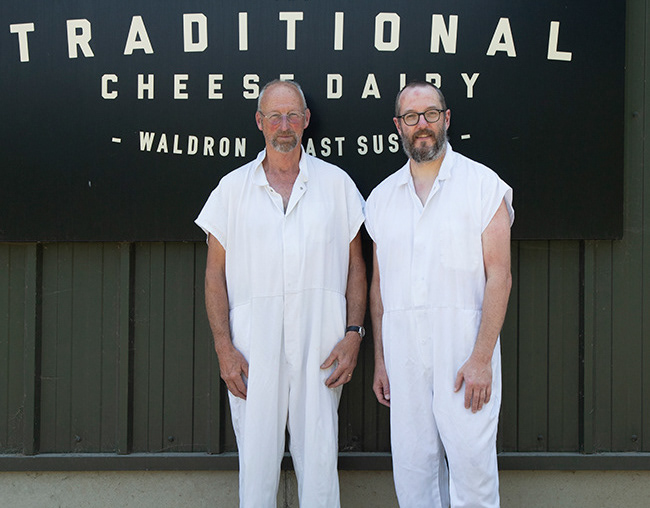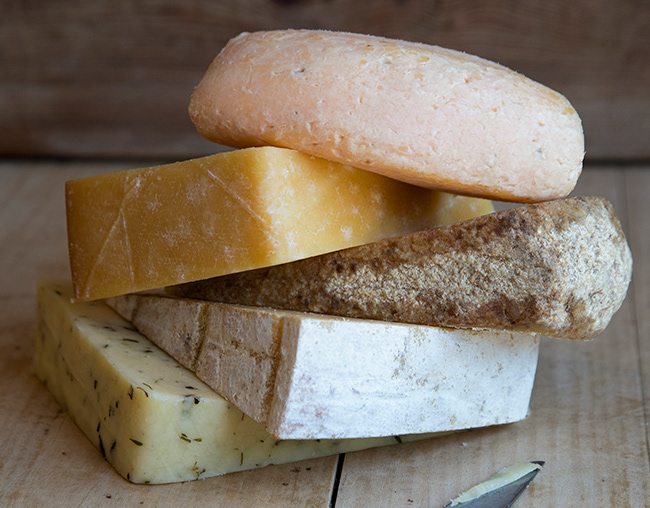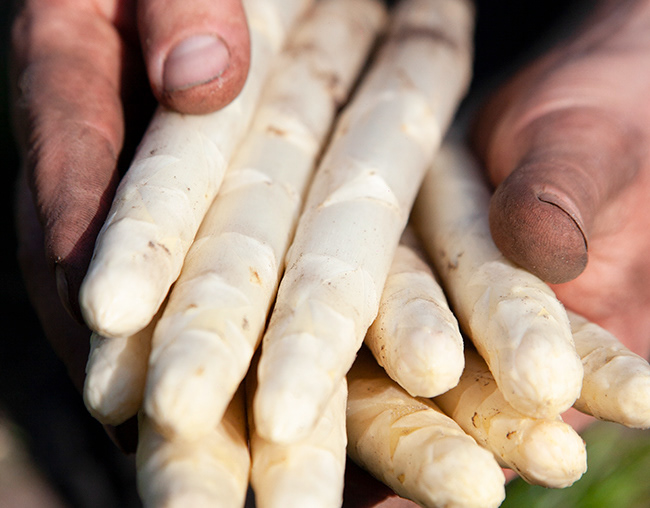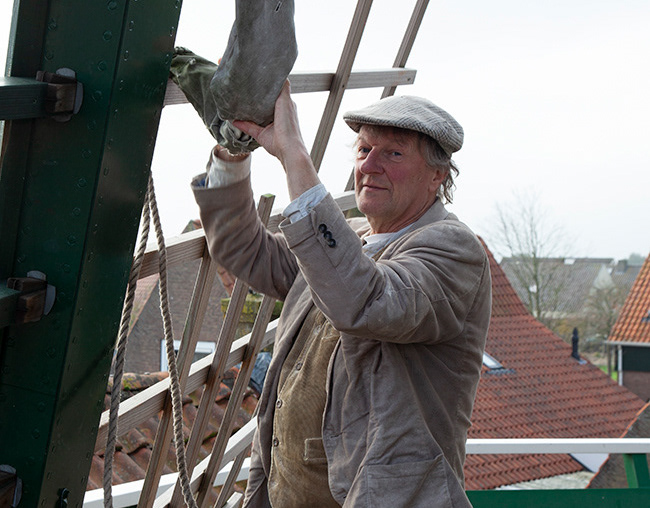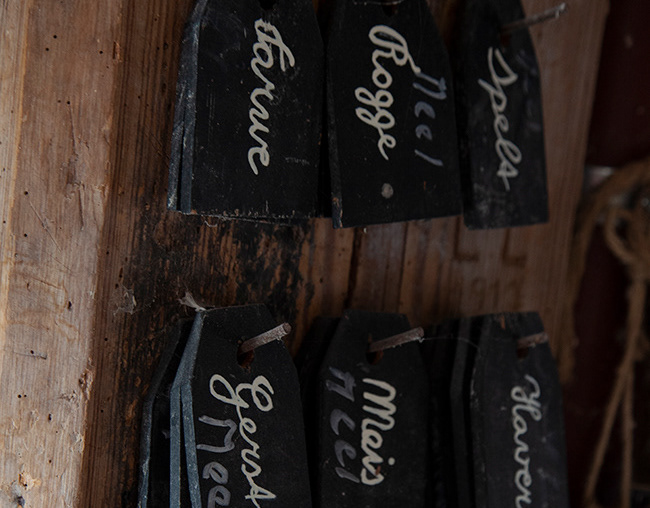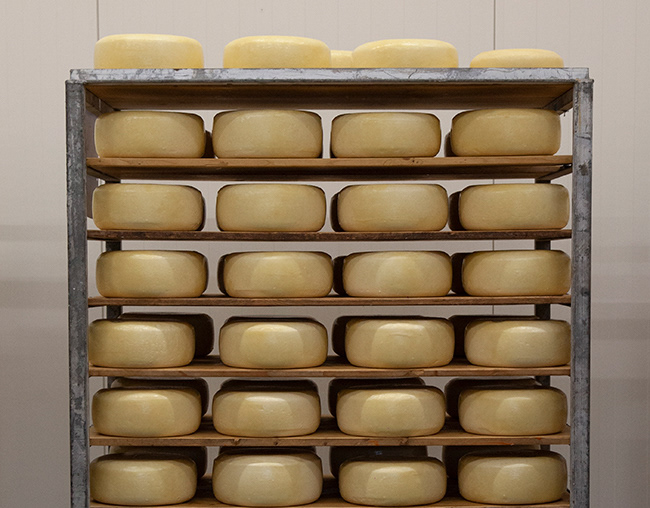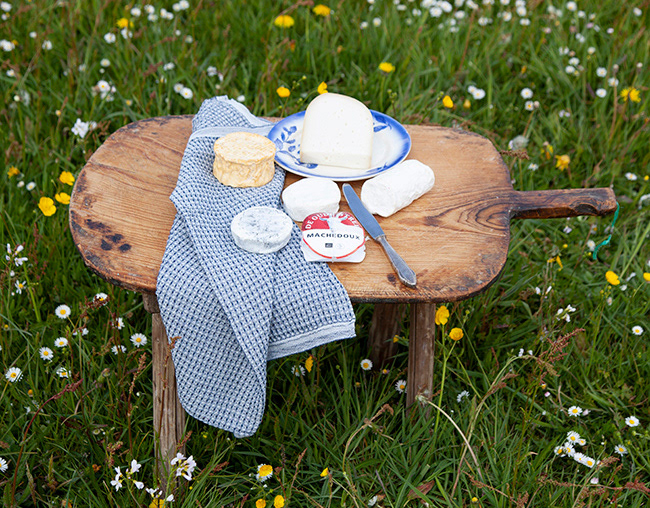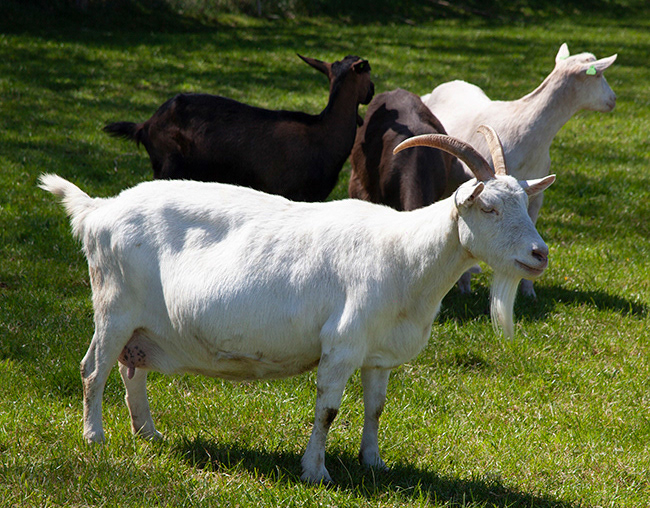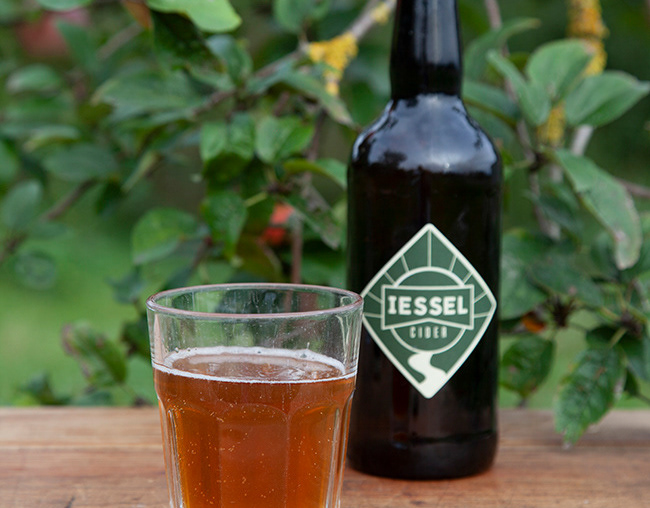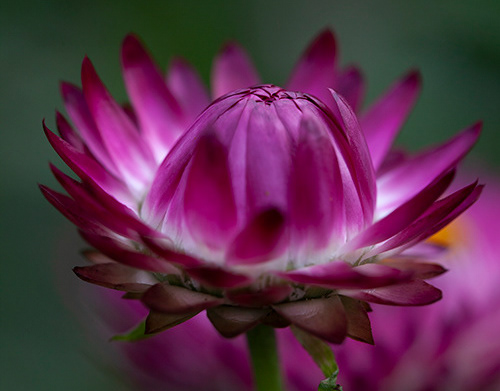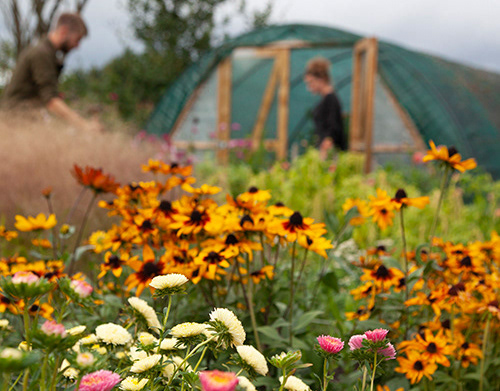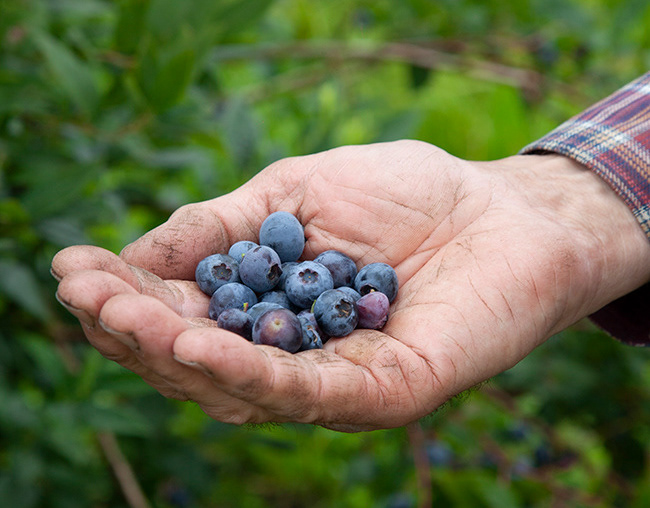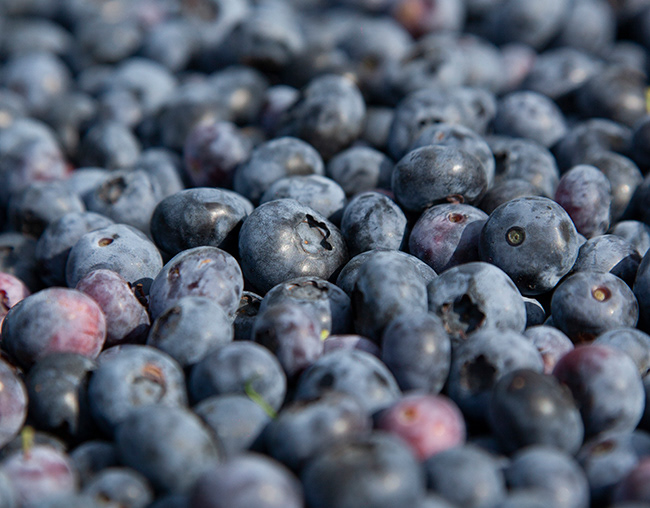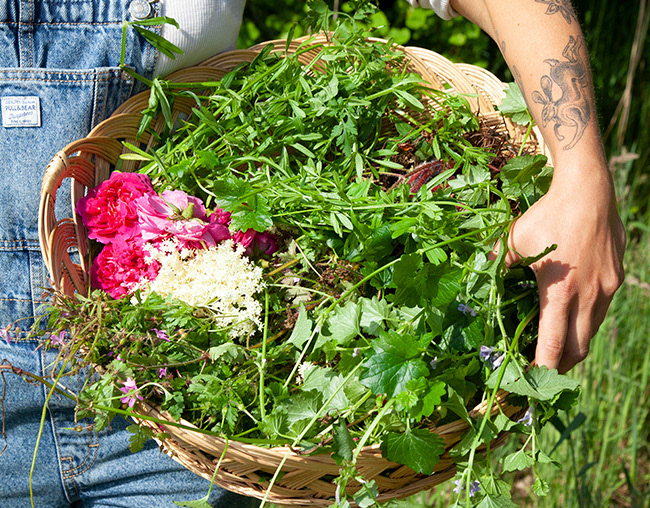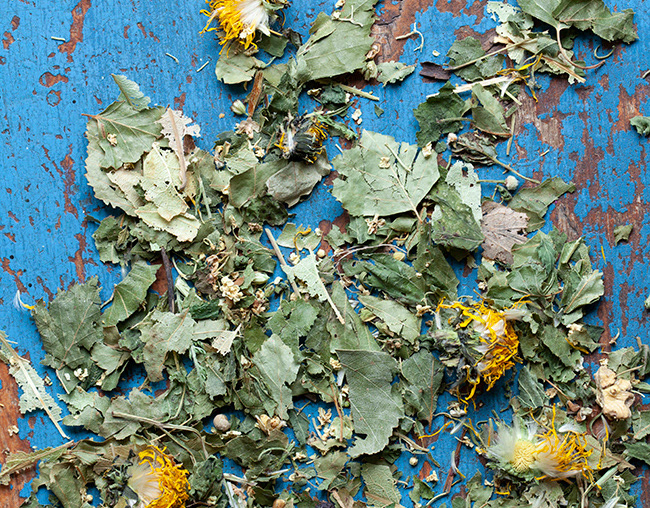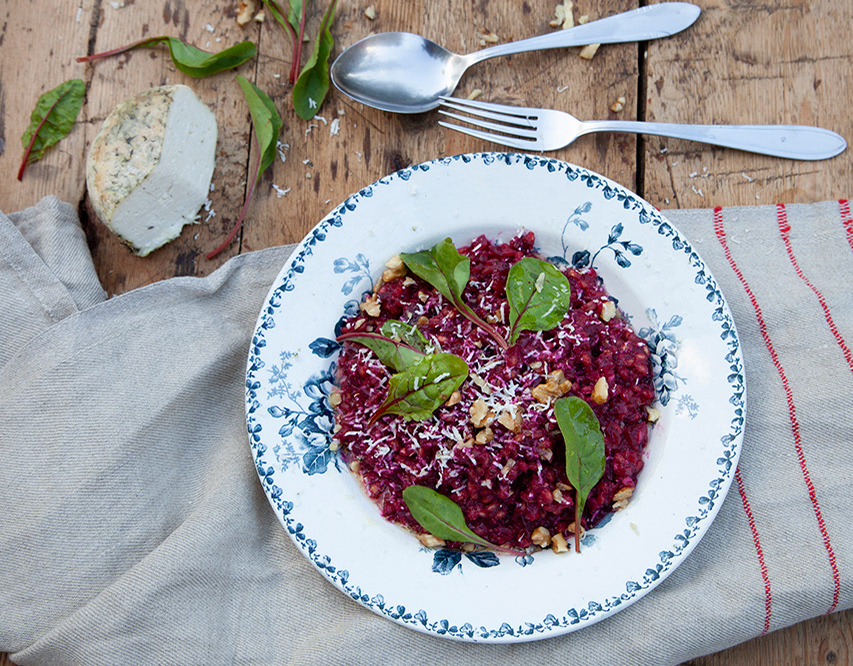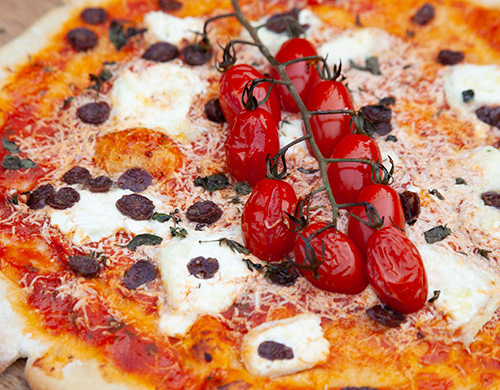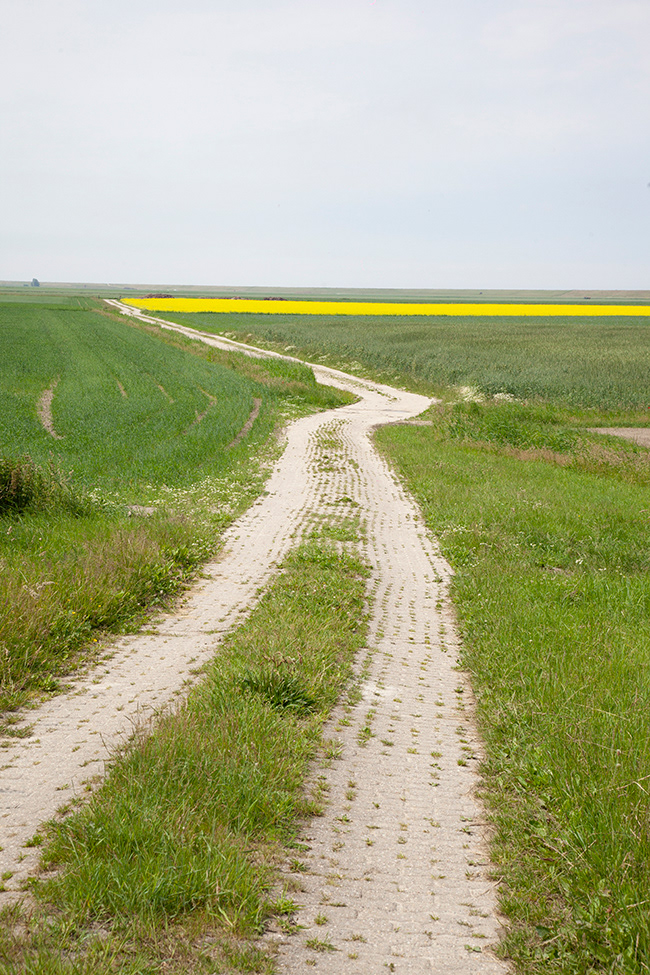
MO 001
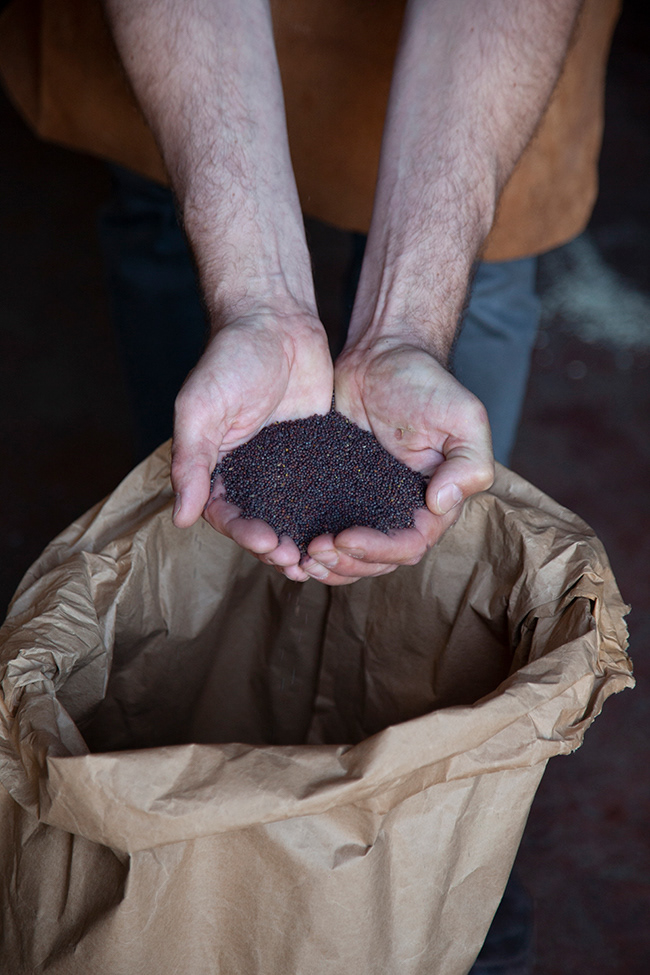
MO 002
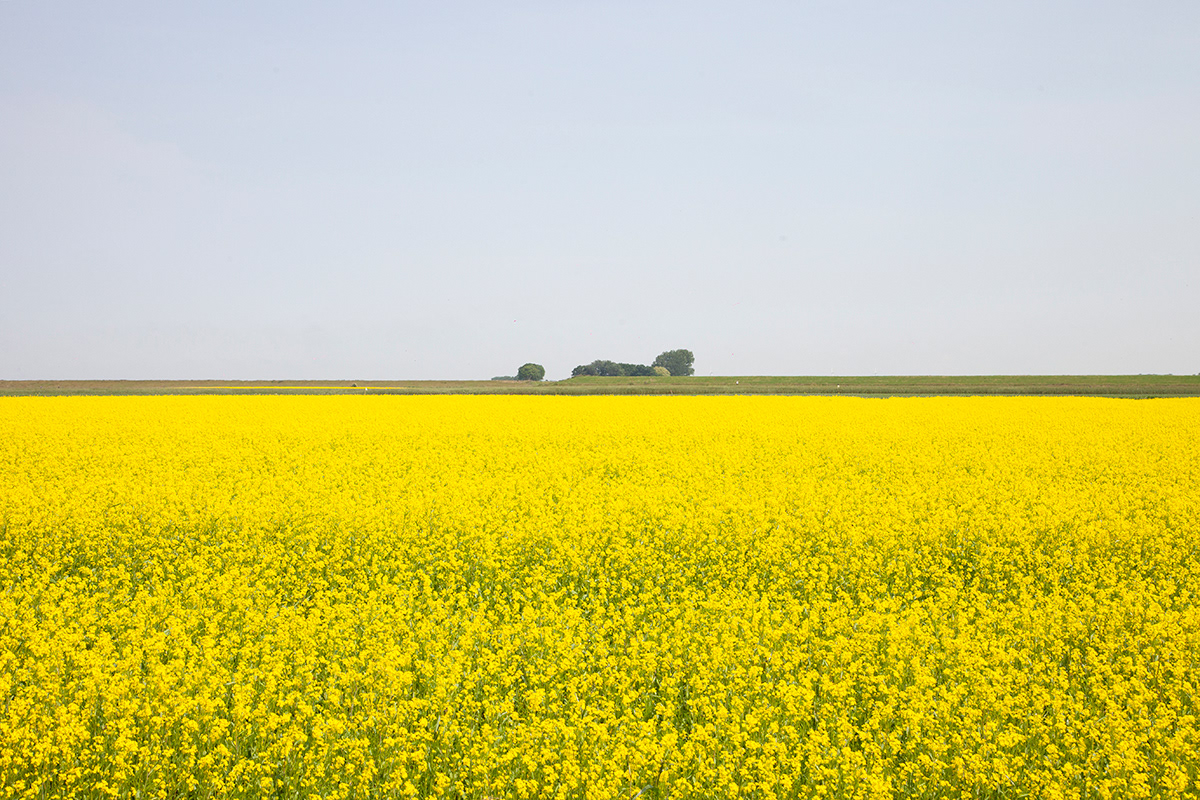
MO 003
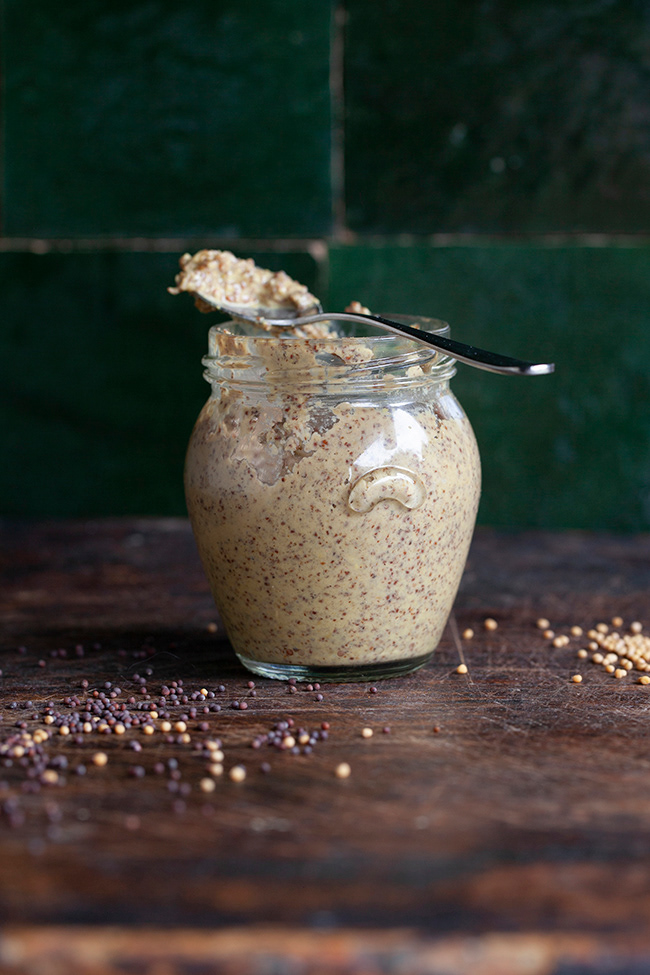
MO 004
"Als je de polder inrijdt, richting de Waddendijk, dan zie je het mosterdveld vanzelf, dat kan niet missen" zegt biologische boer Ale als ik hem bij zijn boerderij vraag waar ik het mosterdveld kan vinden. En hij heeft gelijk, als ik het kleine weggetje oprij wat achter zijn boerderij ligt zie ik al snel het grote prachtig geel gekleurde veld mosterd. Het is halverwege juni en de mosterd staat volop in bloei, het is een fantastisch gezicht, dat grote gouden veld in de open vlakte tegen de Waddendijk. "Vroeger werd hier heel veel mosterd verbouwd, maar mosterd verdween zo goed als volledig als gewas in Nederland" vertelt Ale. "Wij zijn in 2017 begonnen met het opnieuw verbouwen van het zwarte Groninger mosterdzaad wat hier vlakbij wordt verwerkt in een ambachtelijke mosterdmakerij, zoals het vroeger ook ging."
De kleine ambachtelijk werkende mosterdmakerij ligt een paar dorpen verderop. Daar wordt van dat lokaal geteelde biologische Groninger mosterdzaad echte Groninger mosterd gemaakt, lokaal, ambachtelijk en kleinschalig. "Het was een langgekoesterde wens om de biologische Groninger mosterd die we hier maken te kunnen maken met echt lokaal geteeld zwart Groninger mosterdzaad" vertelt Wendy, die samen met haar man Sten mosterd maakt in de ambachtelijke mosterdmakerij in het noorden van Groningen. "En sinds een paar jaar kan dat en dat is fantastisch."
"We maken hier een traditionele, lekker pittige, echte Groninger mosterd" vertelt mosterdmaker Sten. Hij neemt me mee naar de mosterdmakerij waar hij me een kijkje in de ambachtelijke mosterdkeuken geeft.
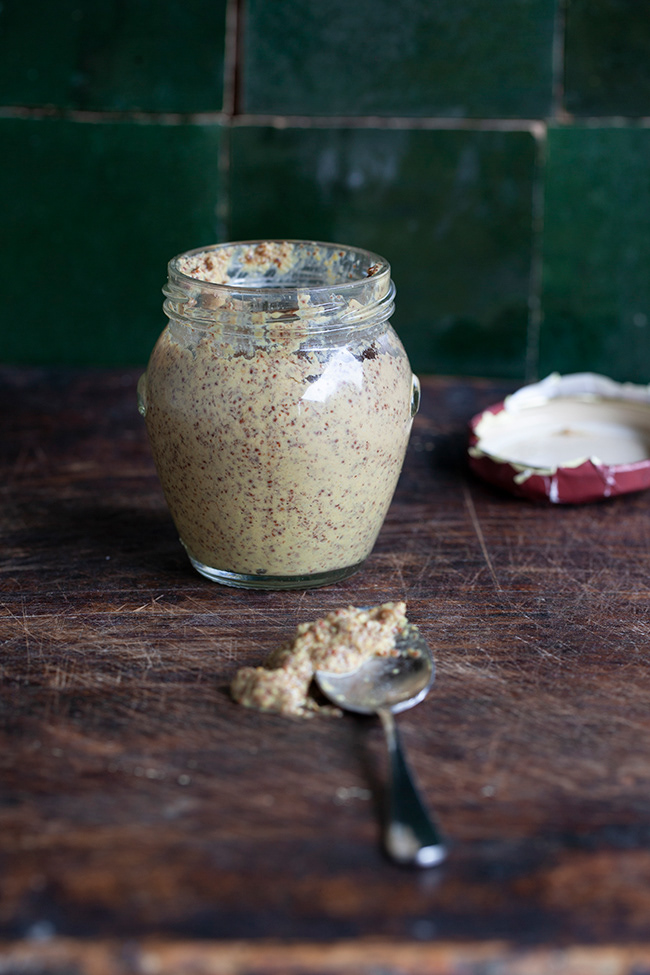
MO 005
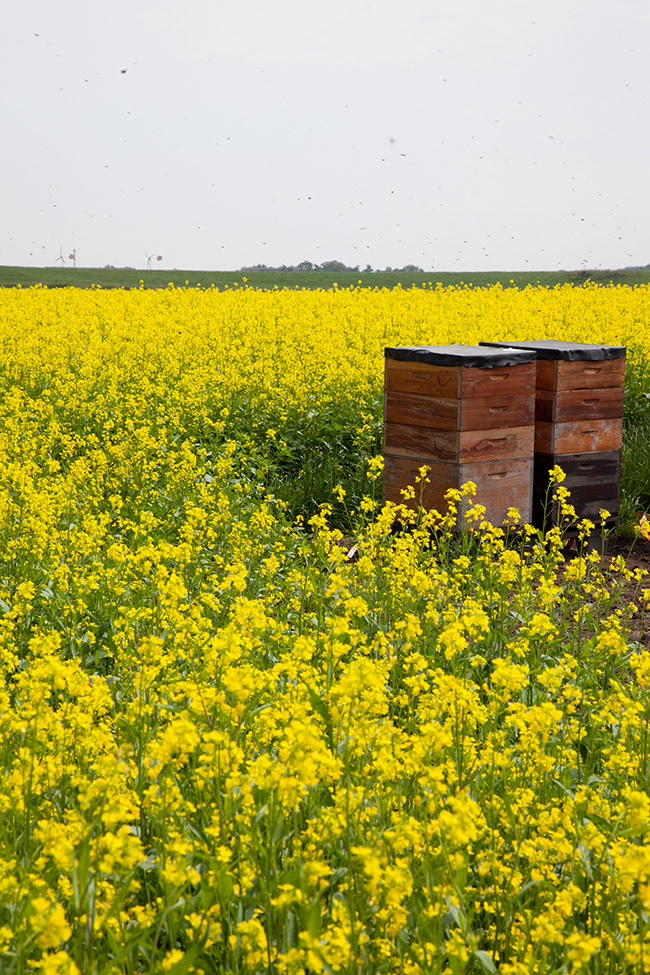
MO 006
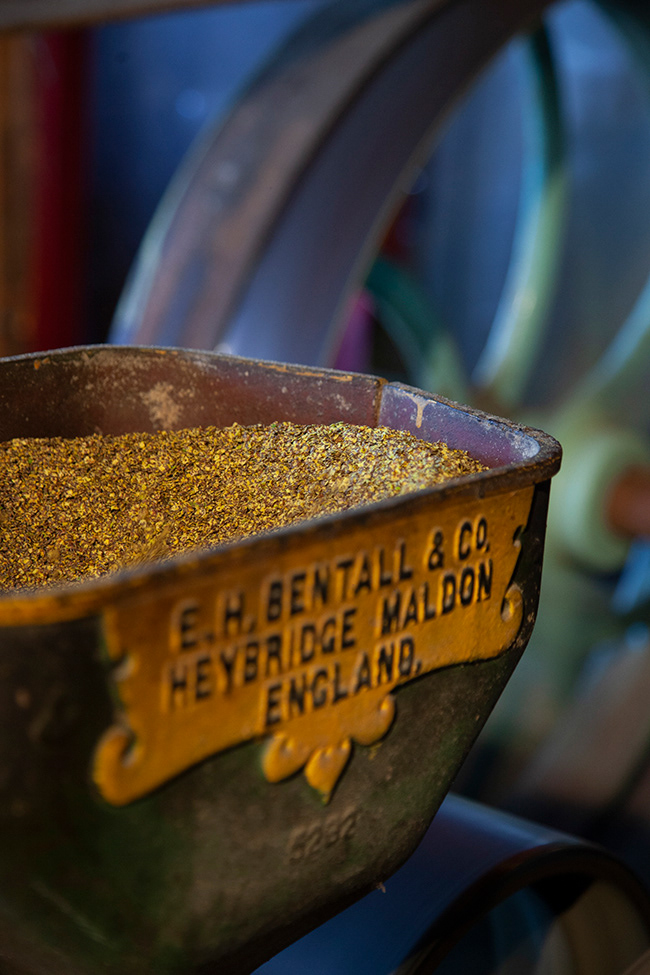
MO 007
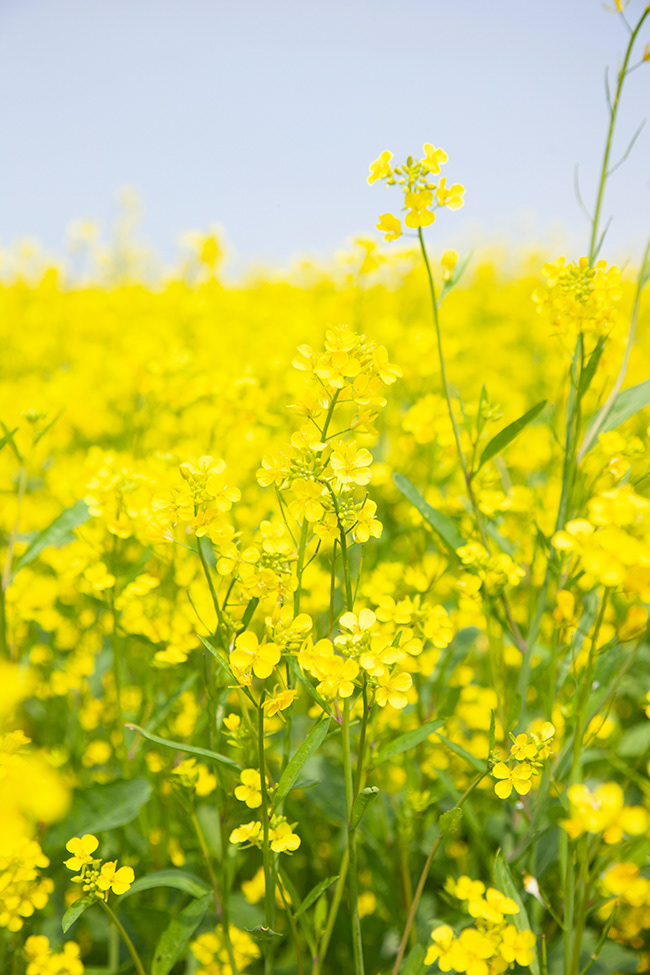
MO 008
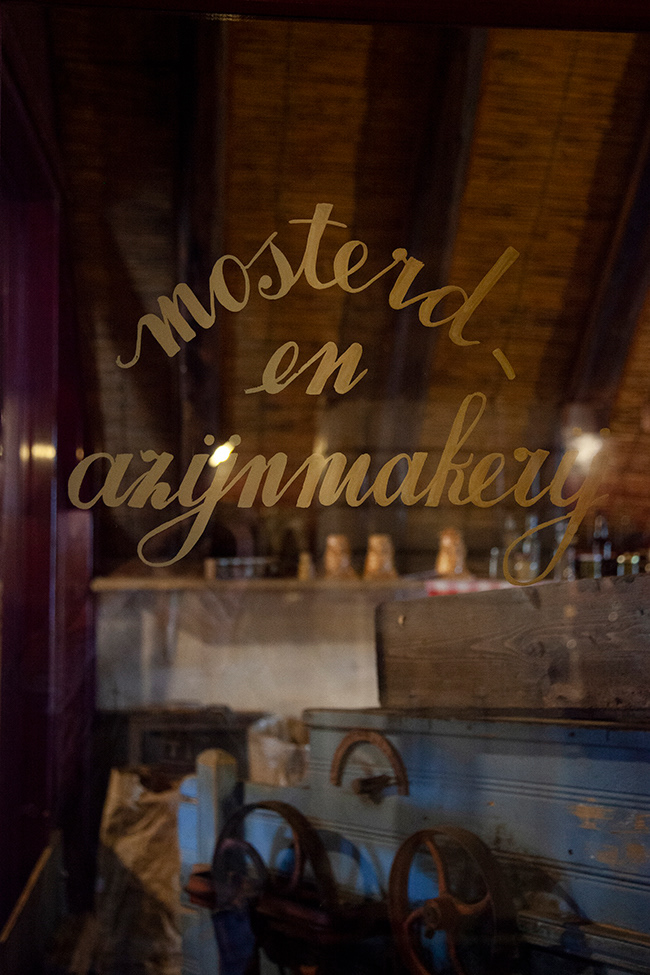
MO 009
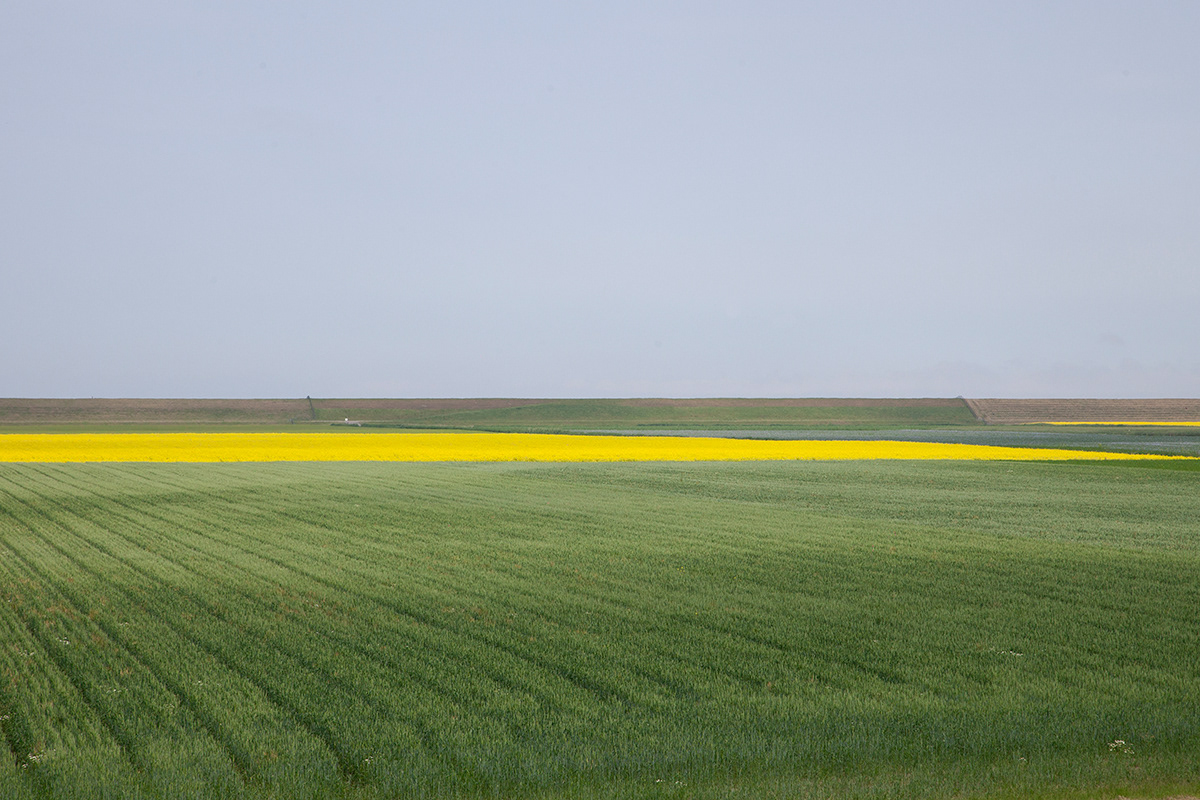
MO 010
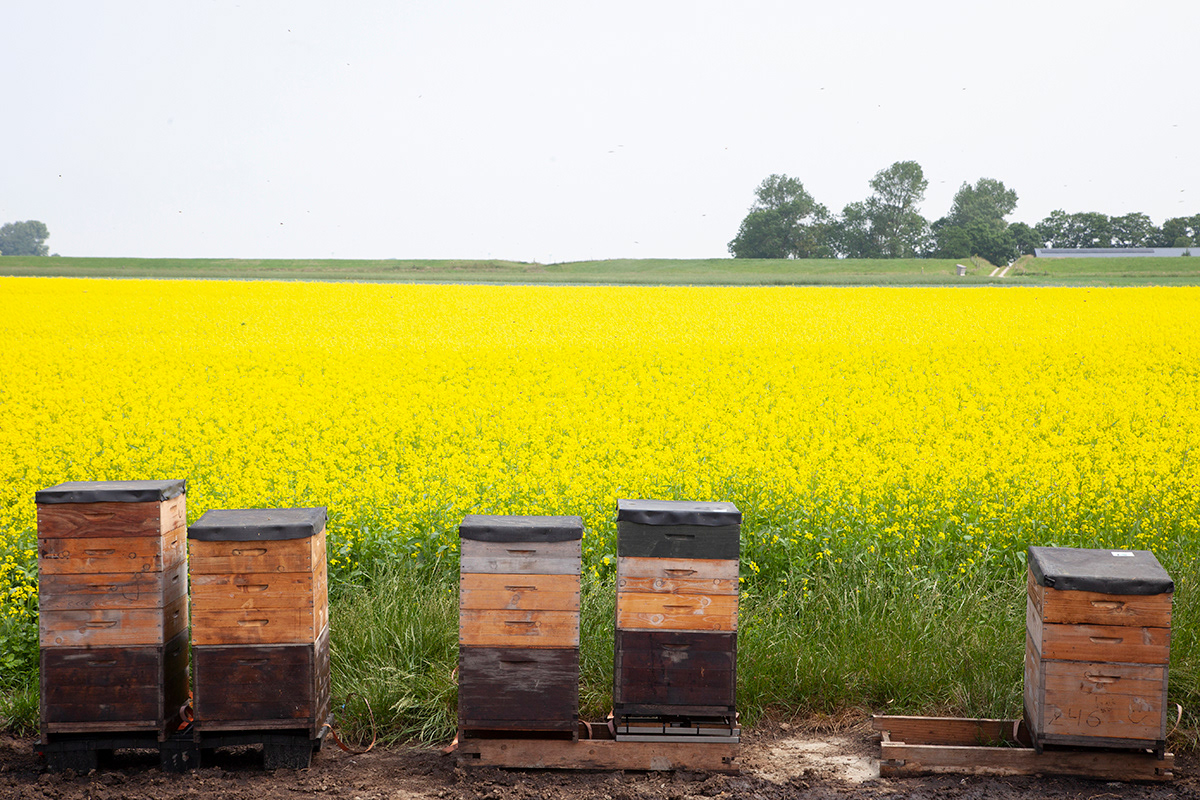
MO 011
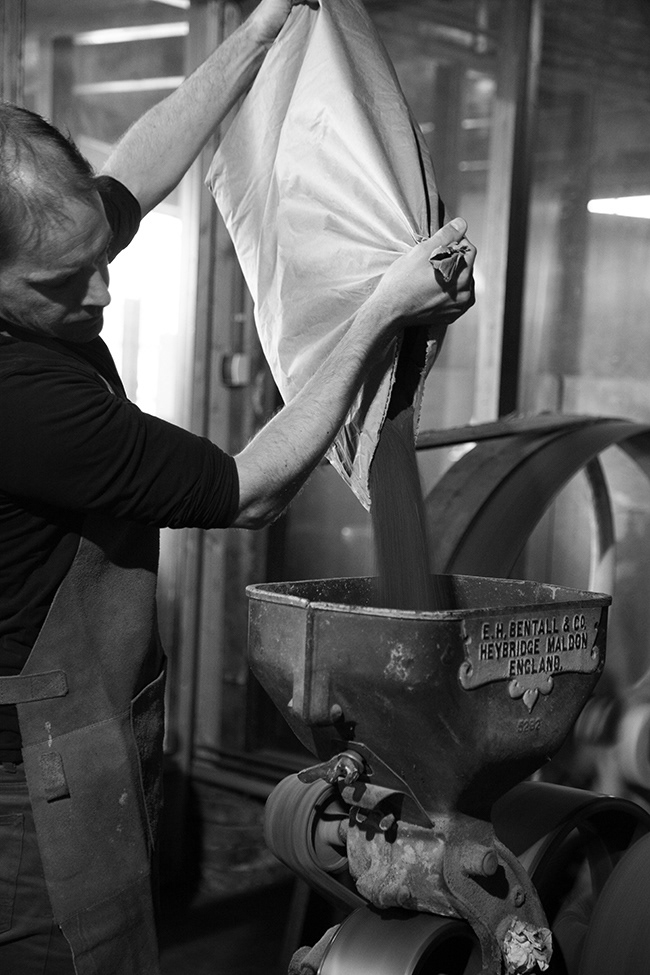
MO 012
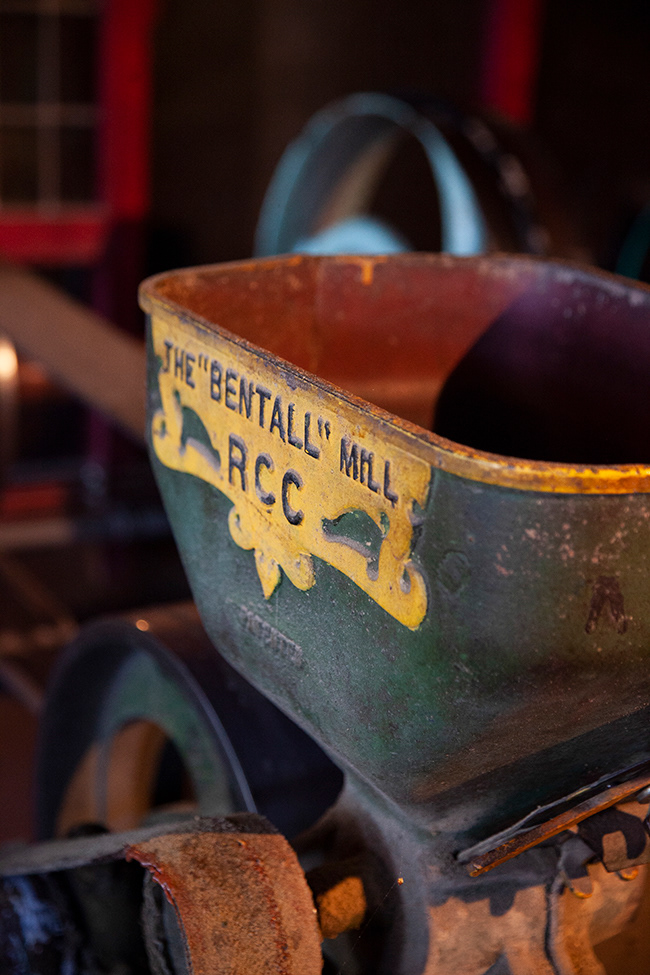
MO 013
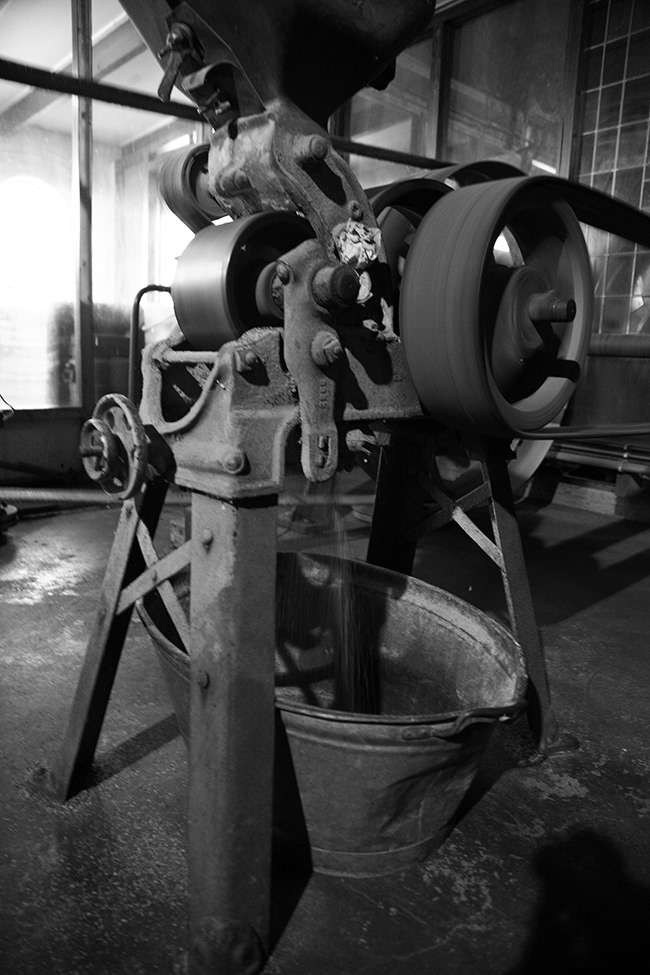
MO 014
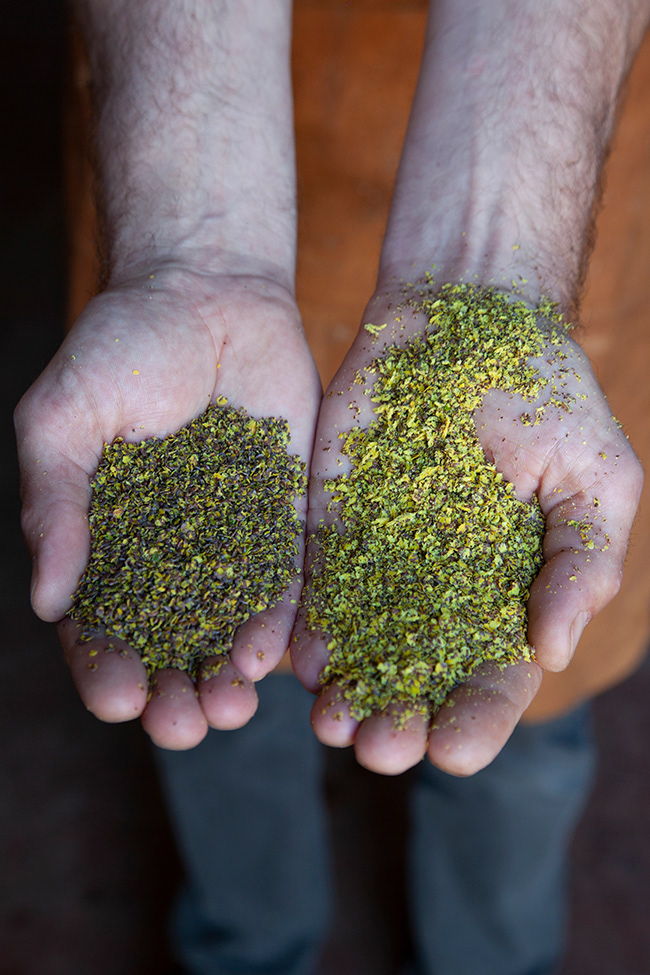
MO 015
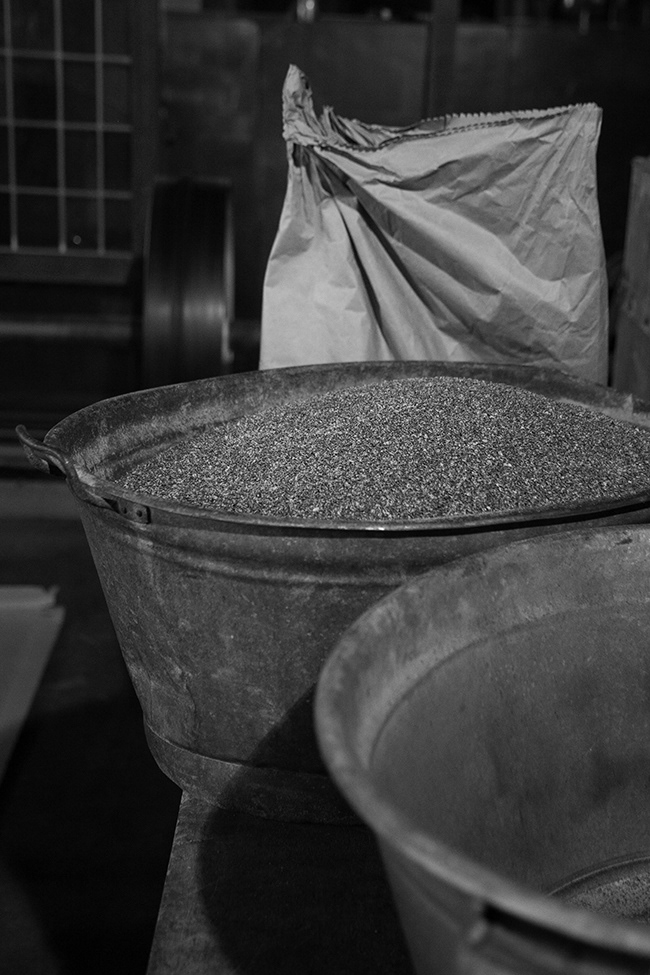
MO 016
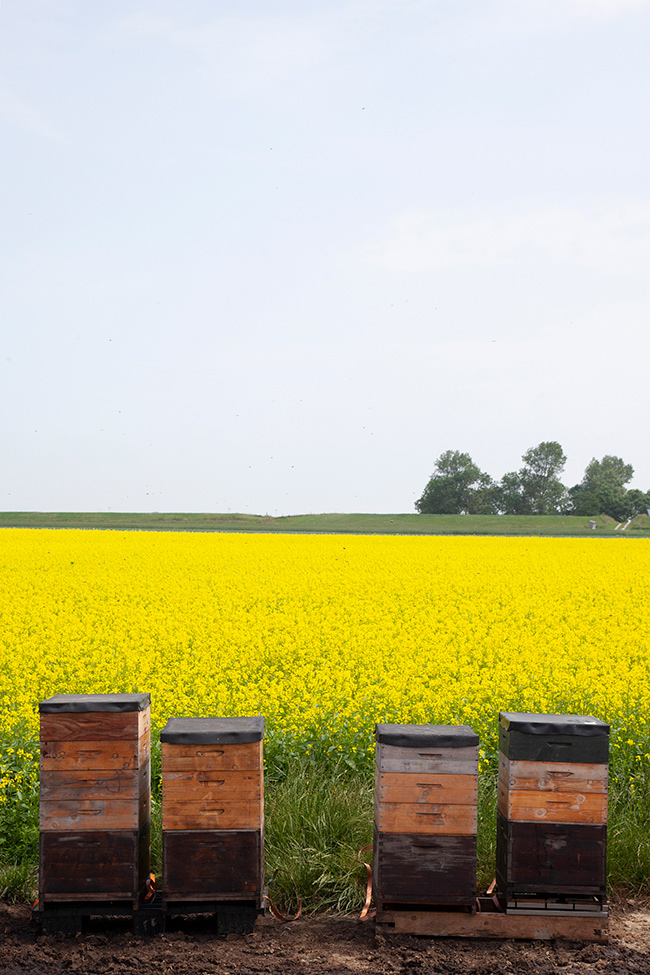
MO 017
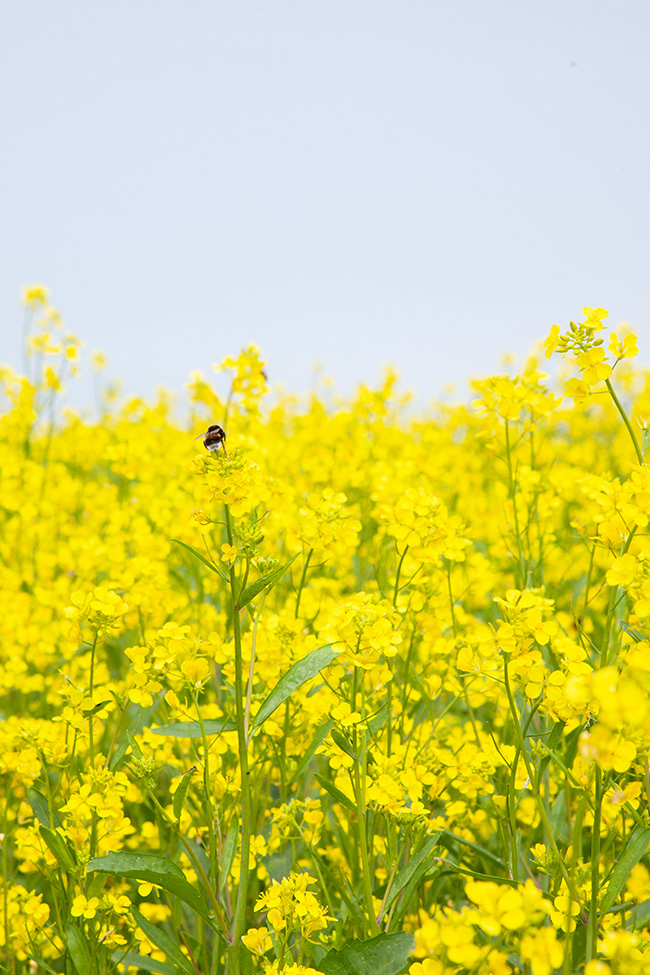
MO 018
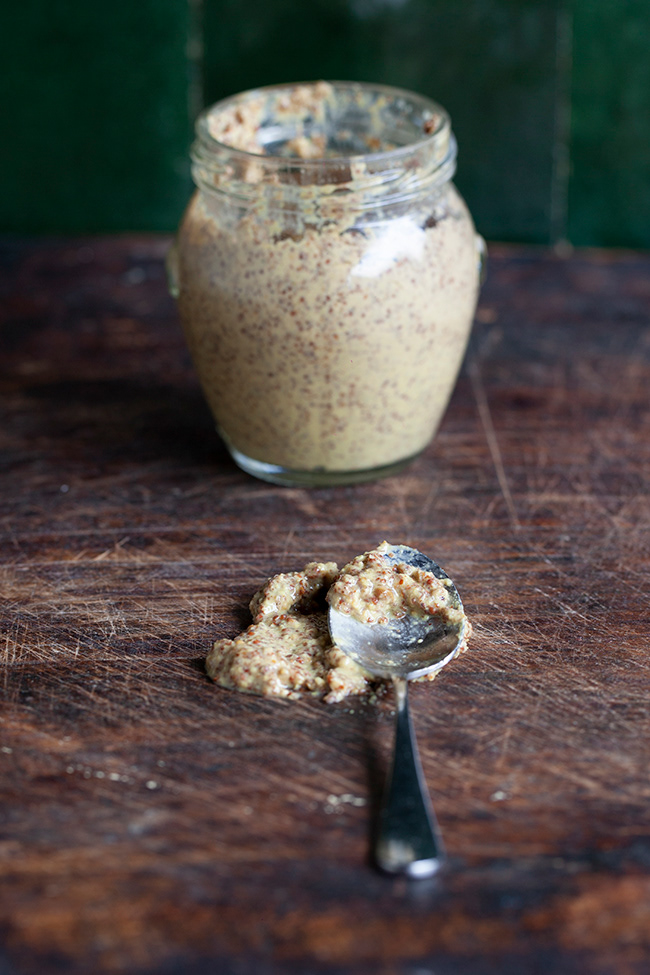
MO 019
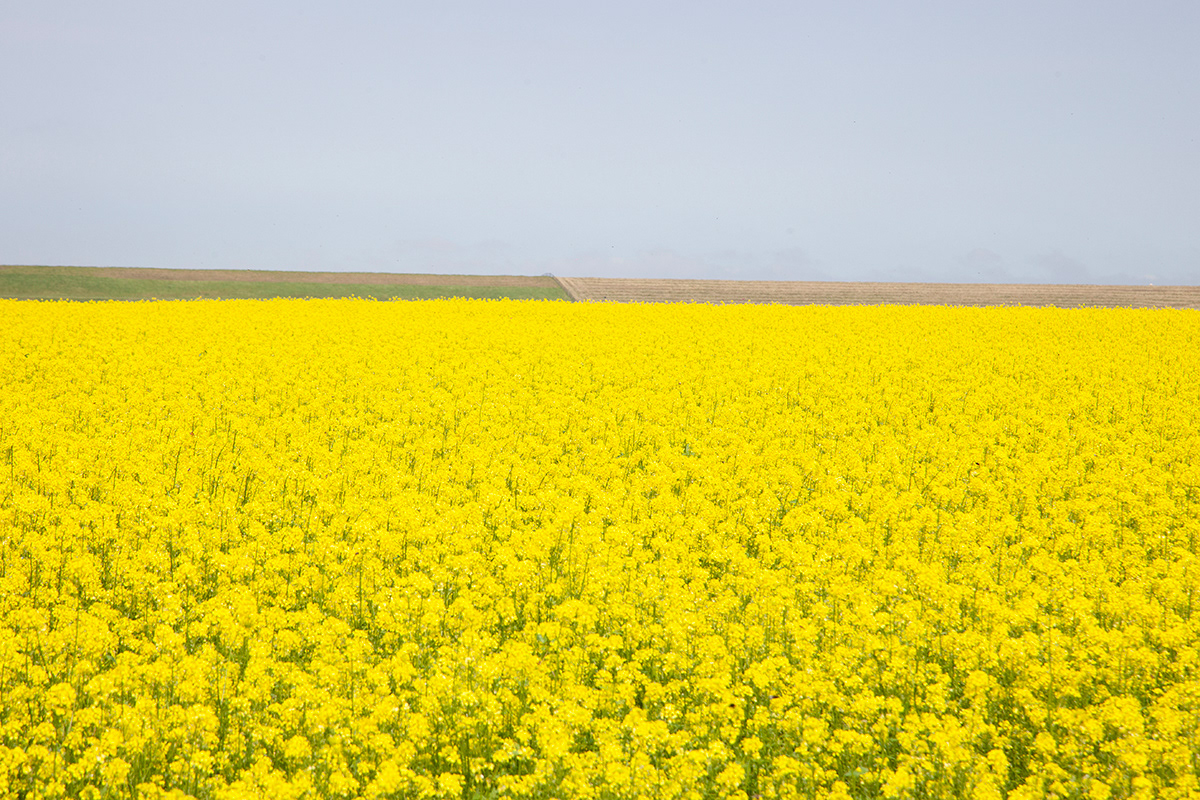
MO 020
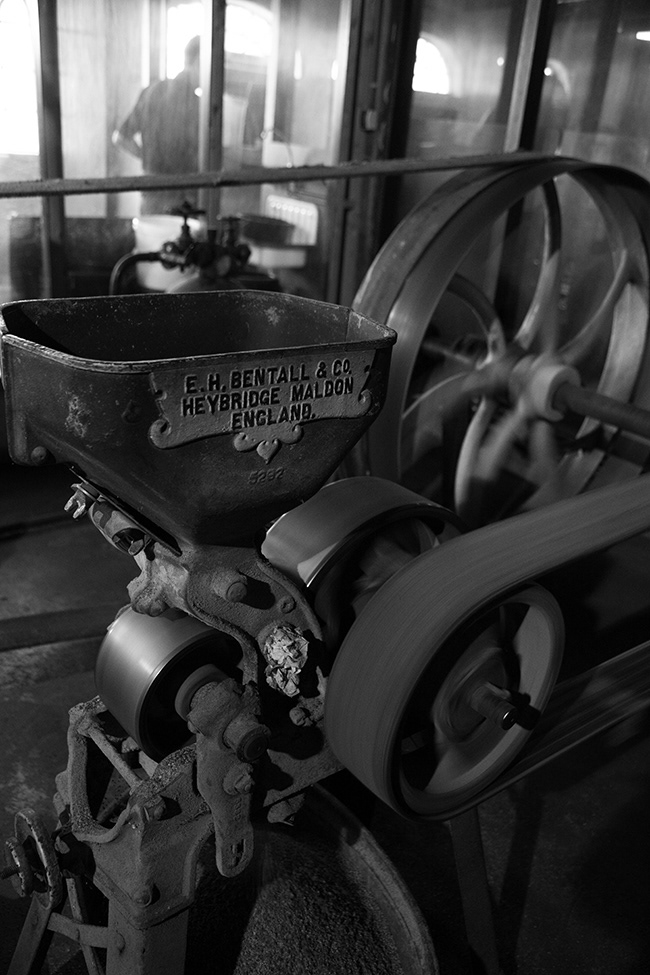
MO 021
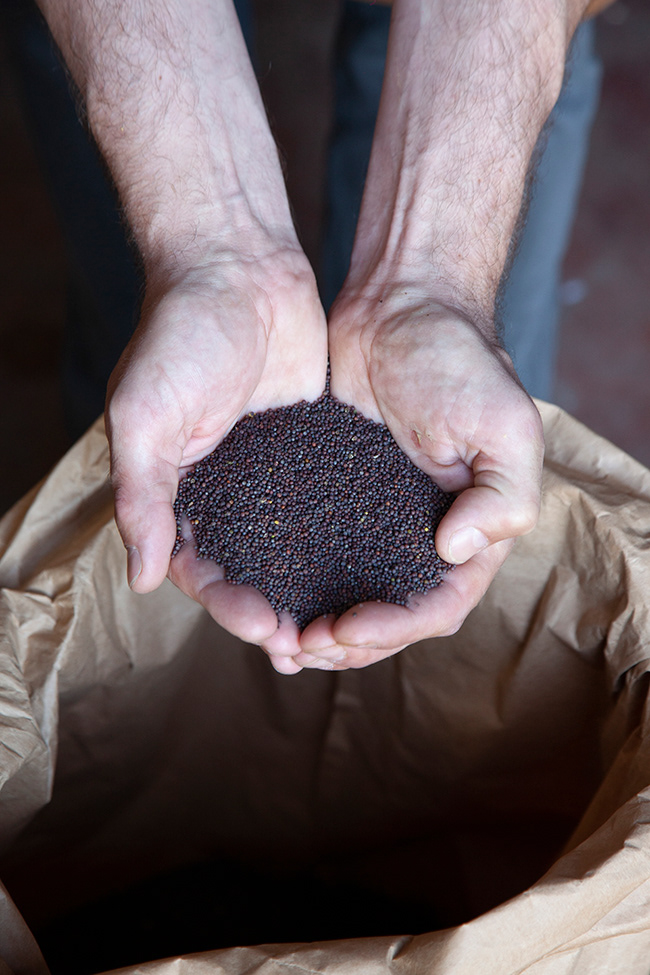
MO 022
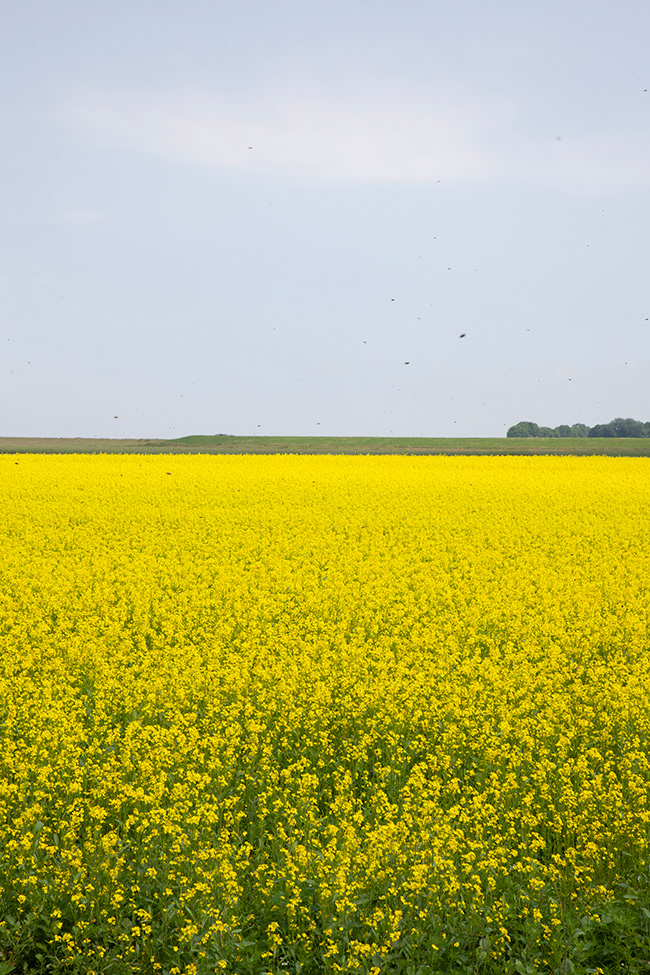
MO 023
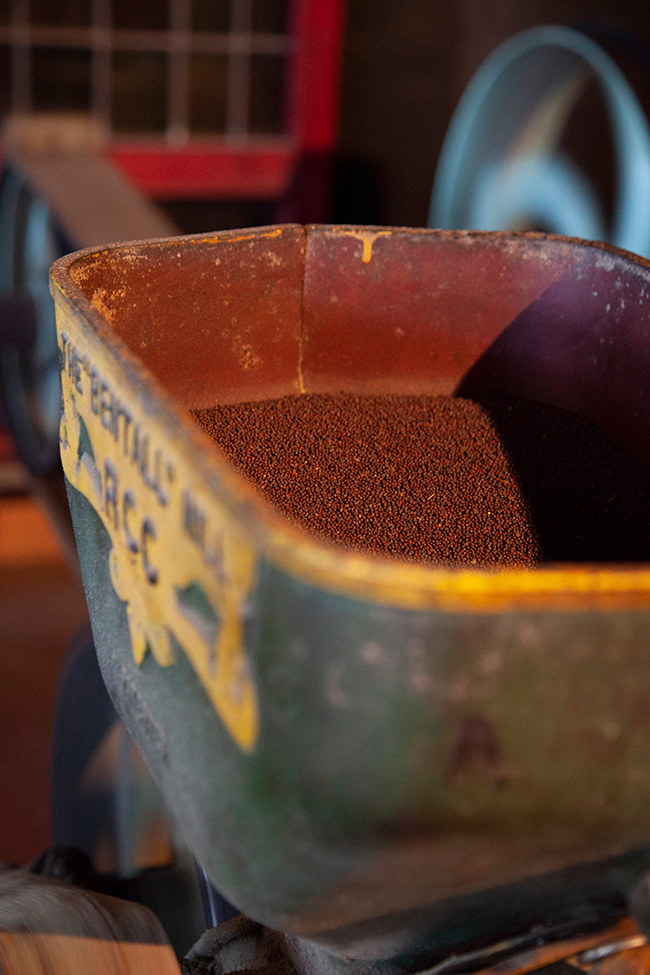
MO 024
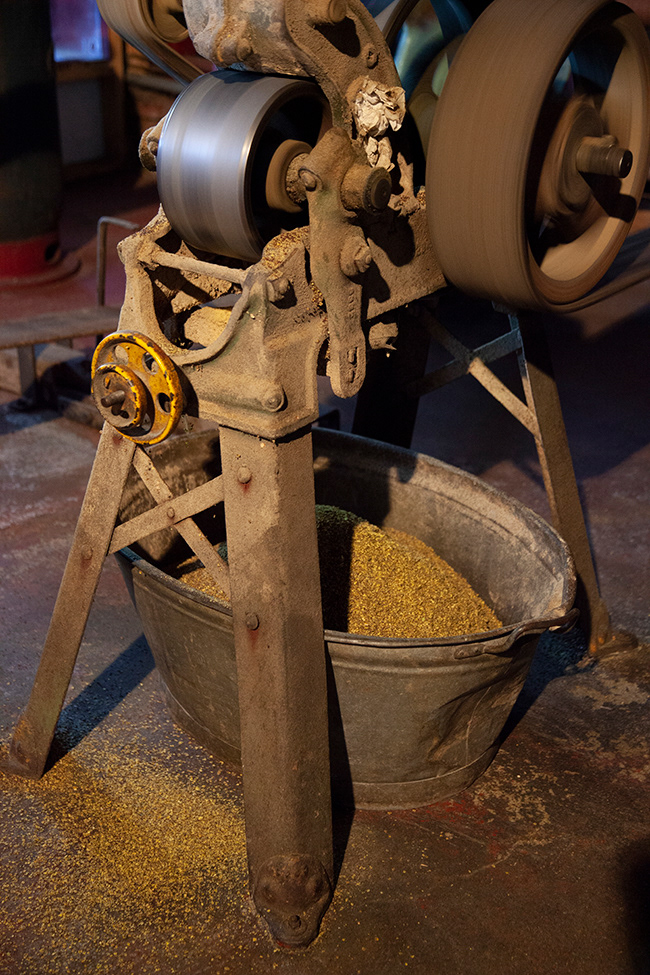
MO 025
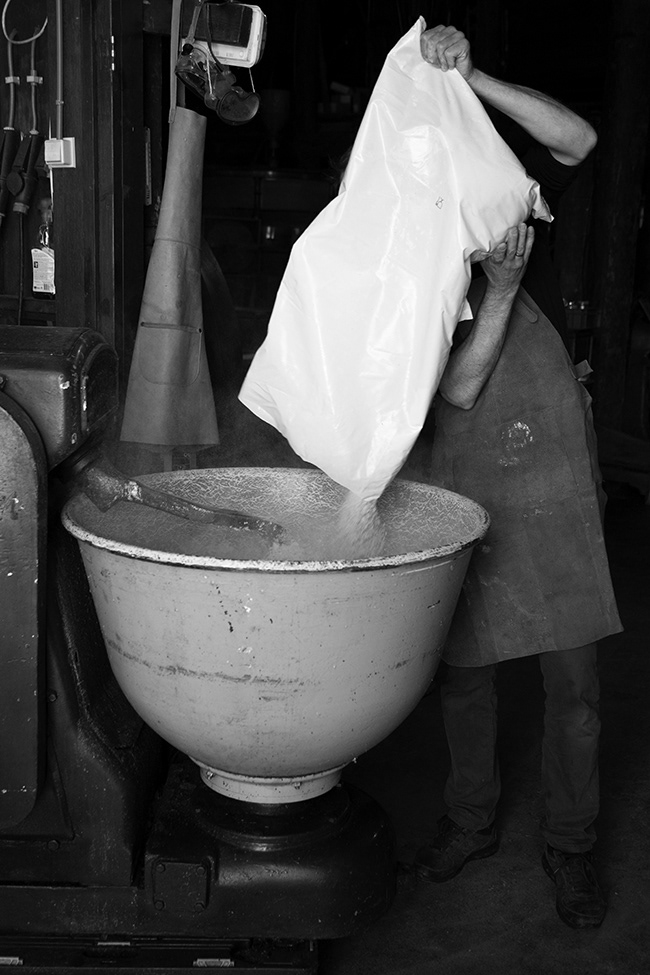
MO 026
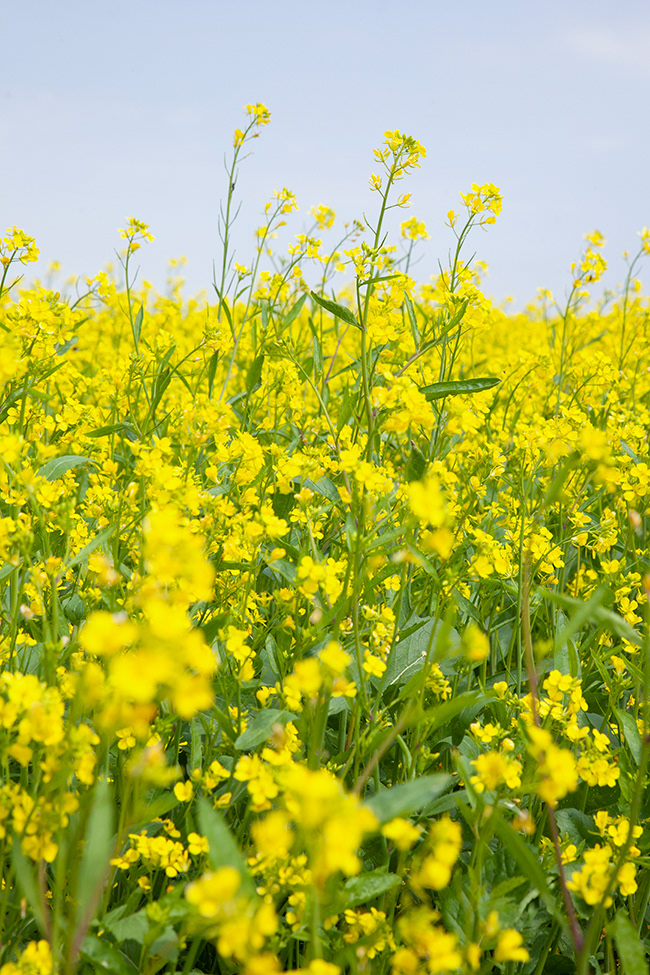
MO 027
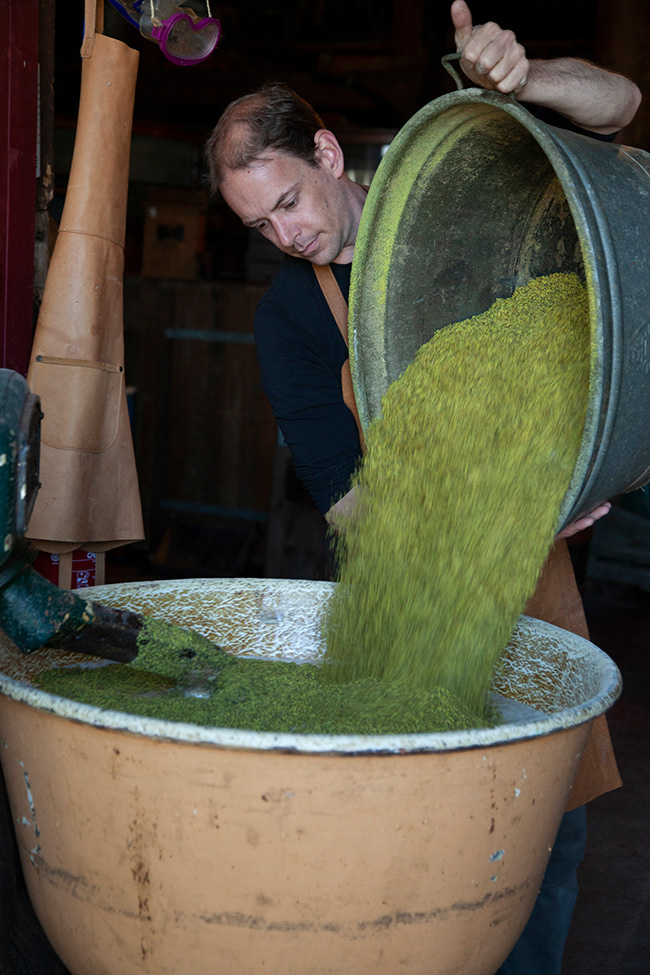
MO 028
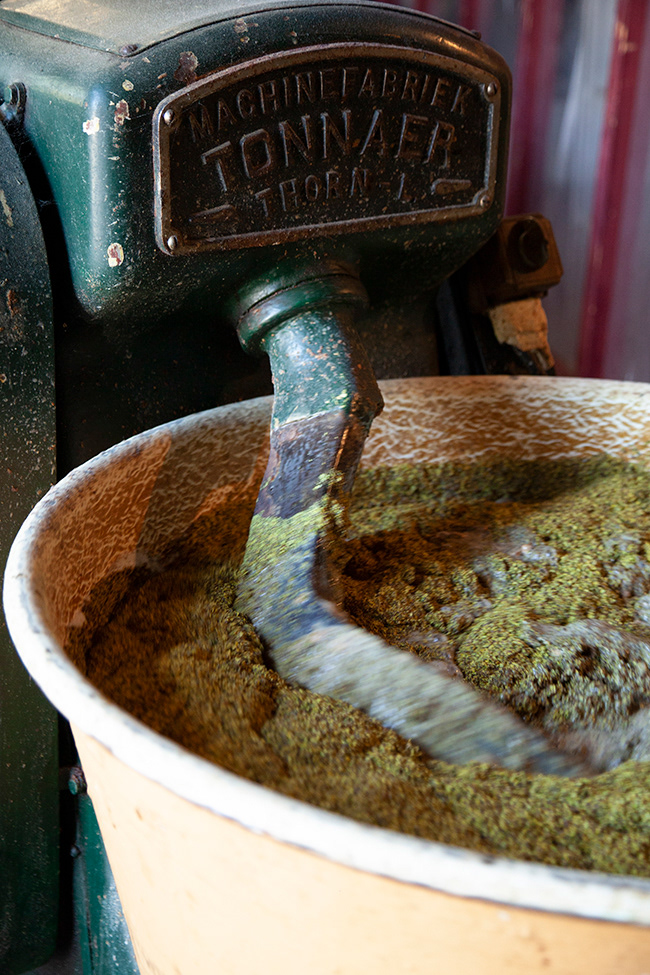
MO 029
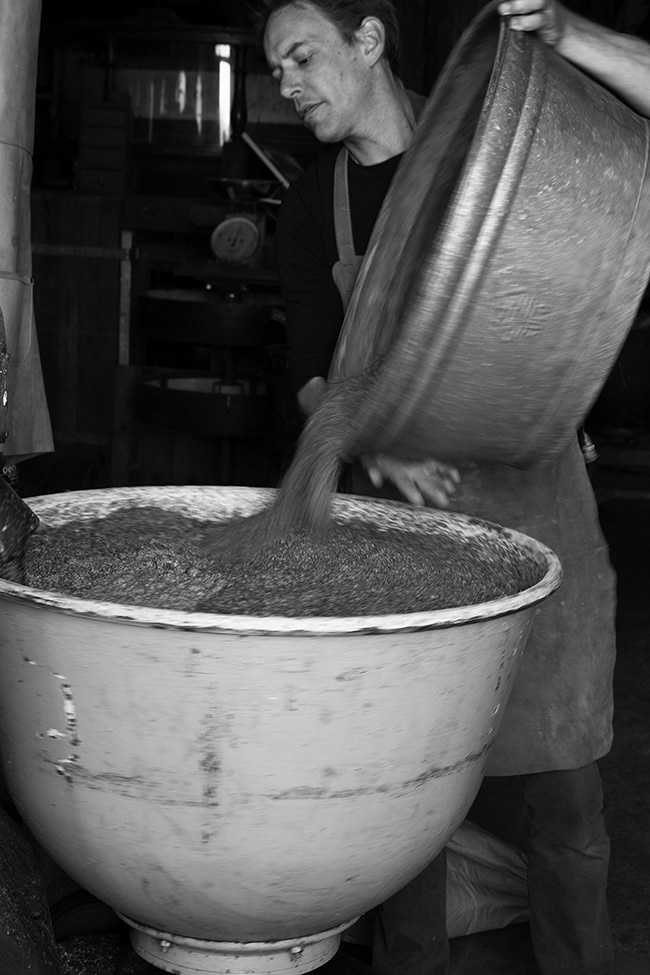
MO 030
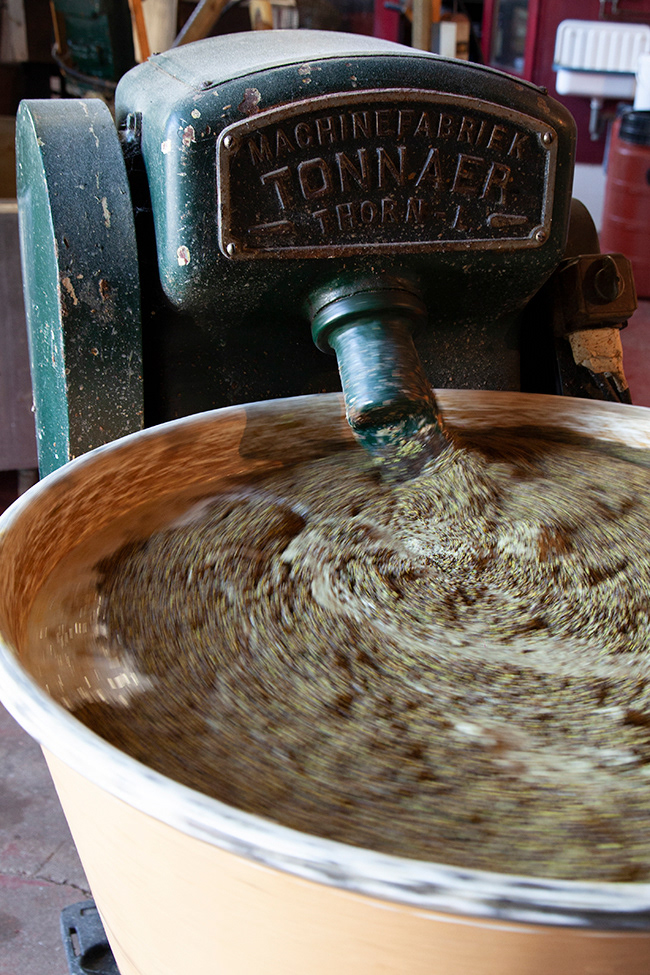
MO 031
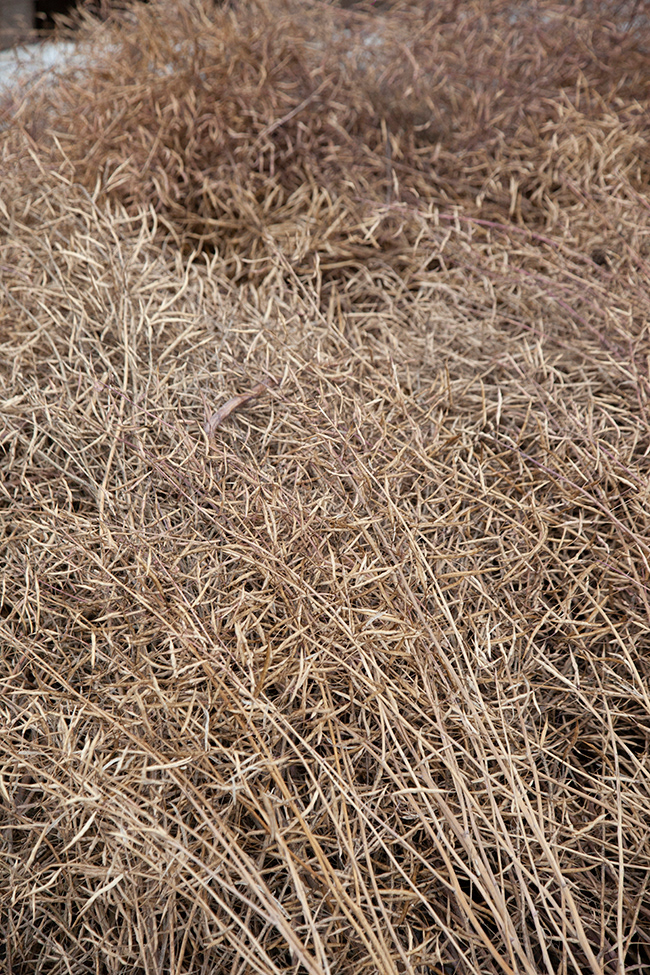
MO 032
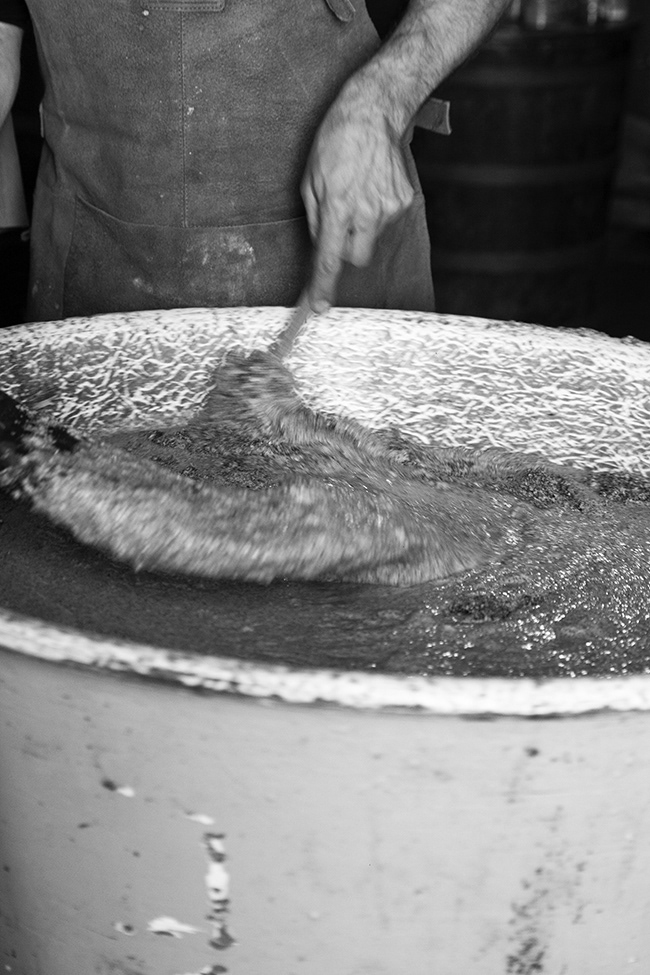
MO 033
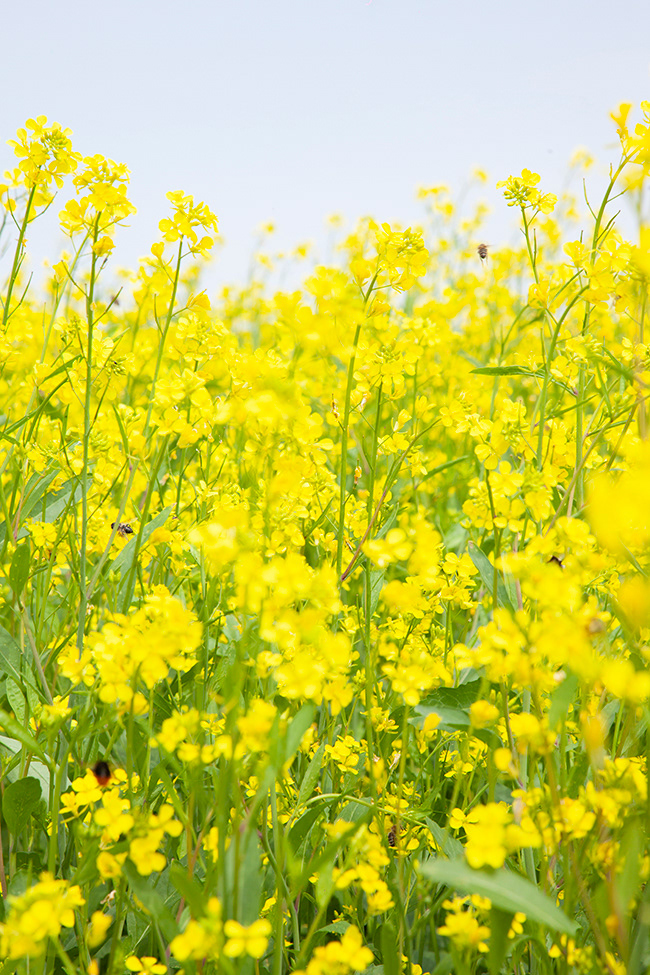
MO 034
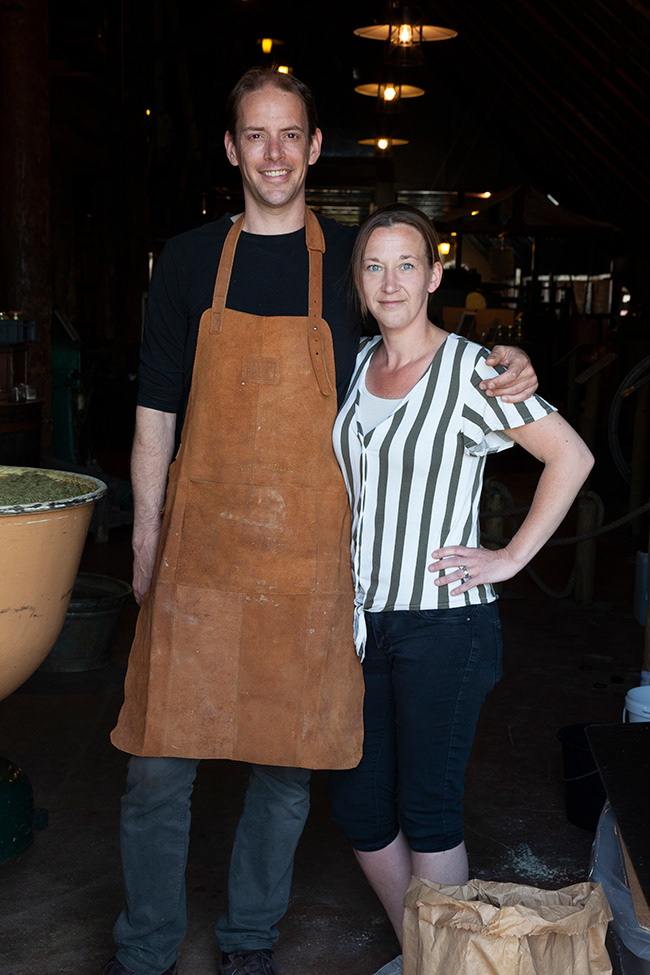
MO 035
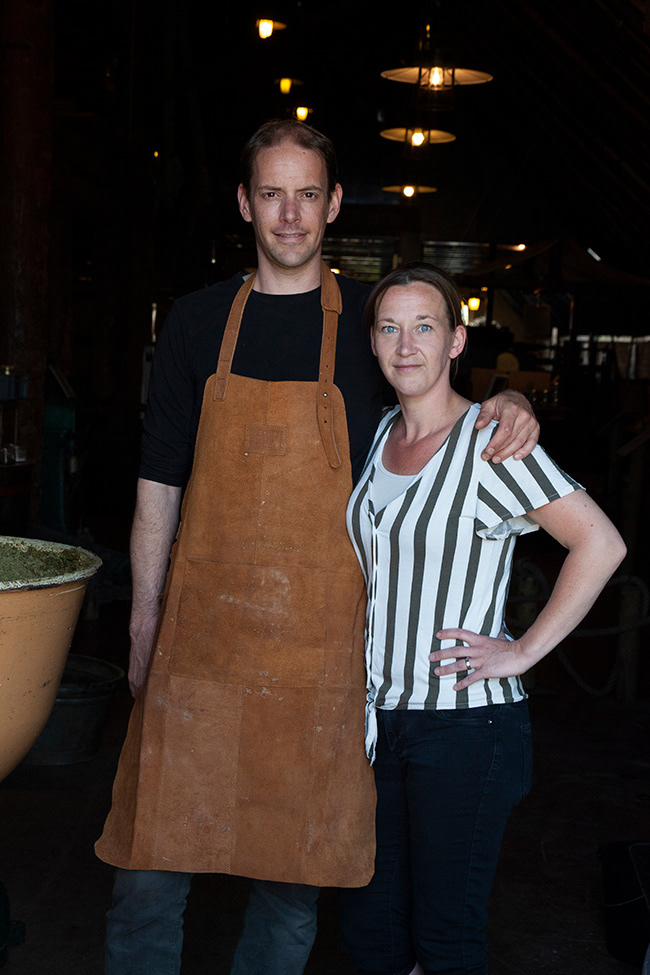
MO 036
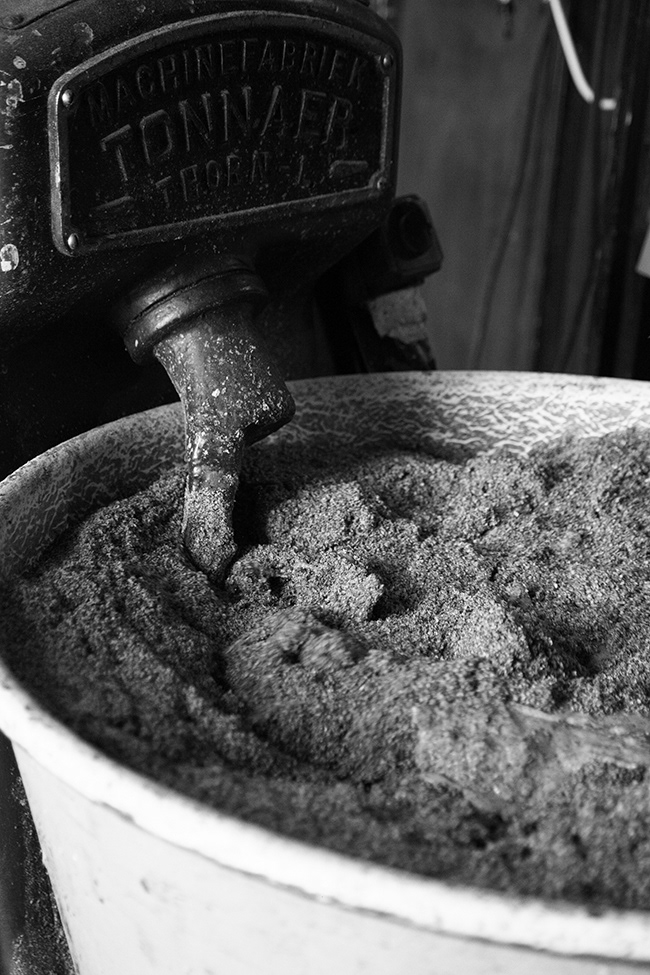
MO 037
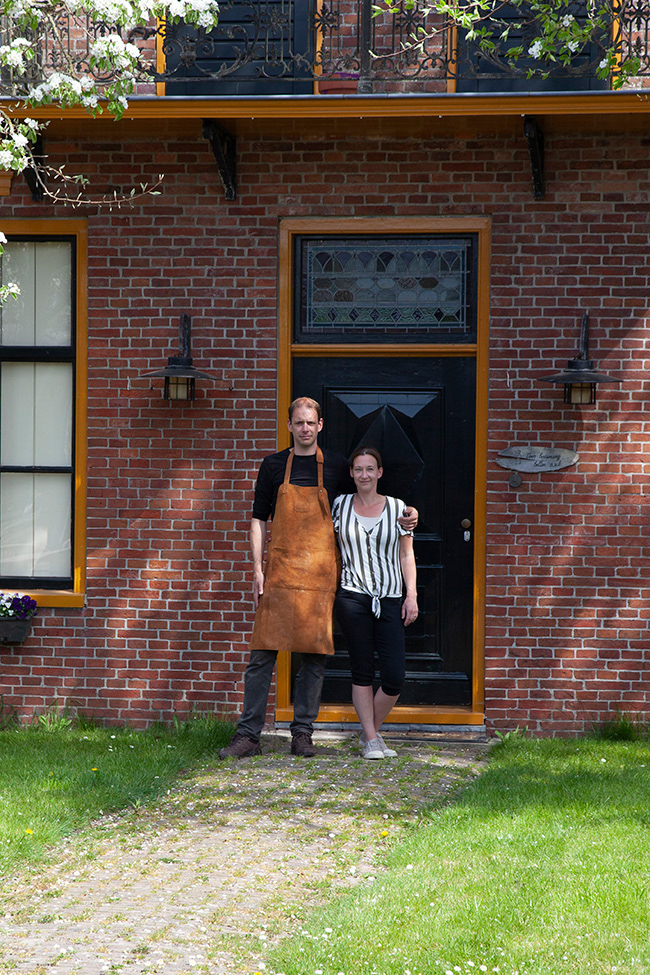
MO 038
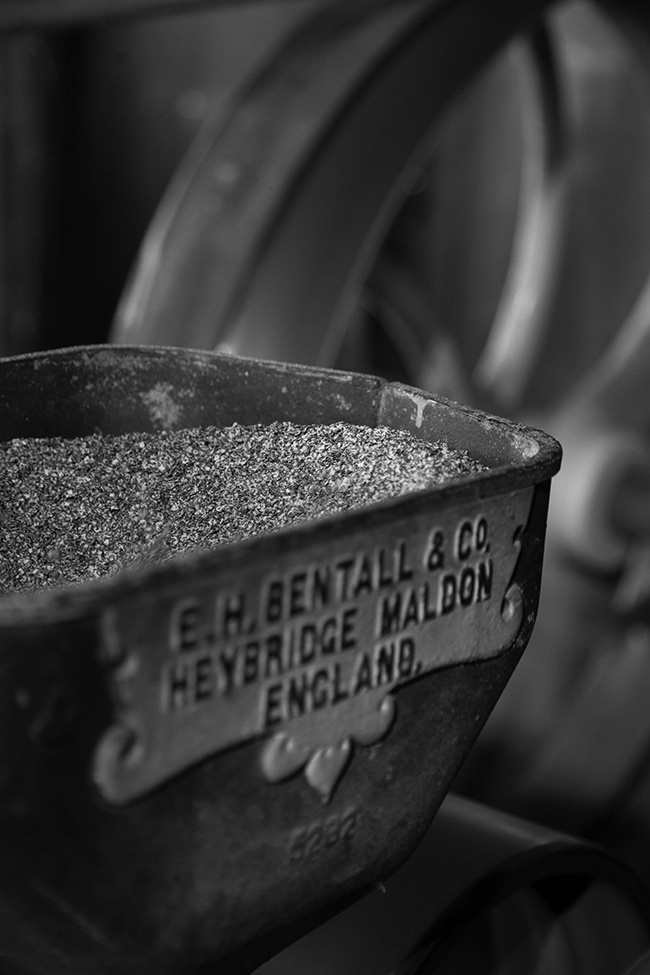
MO 039
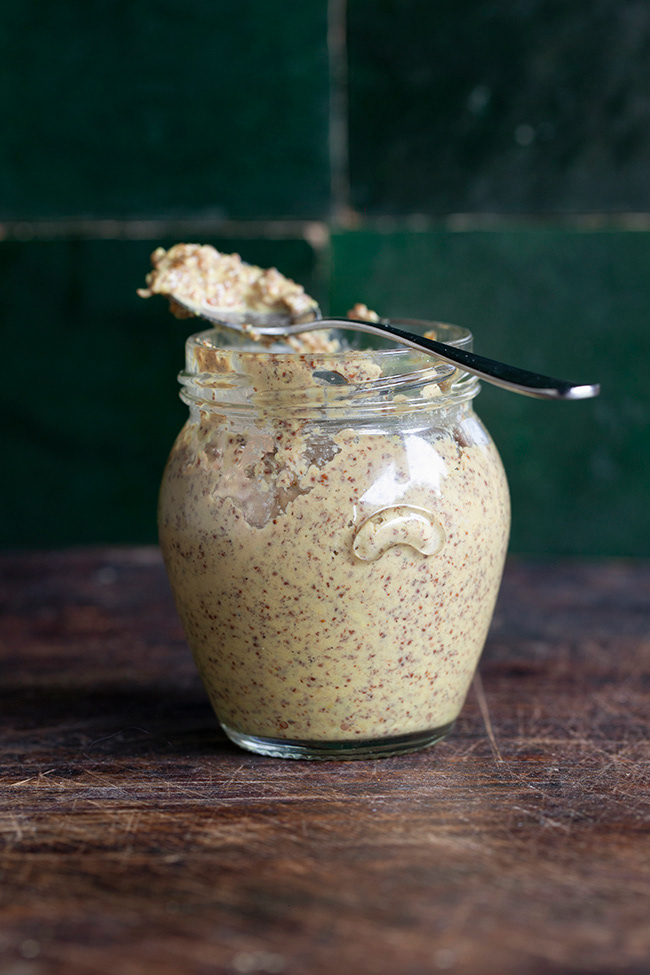
MO 040
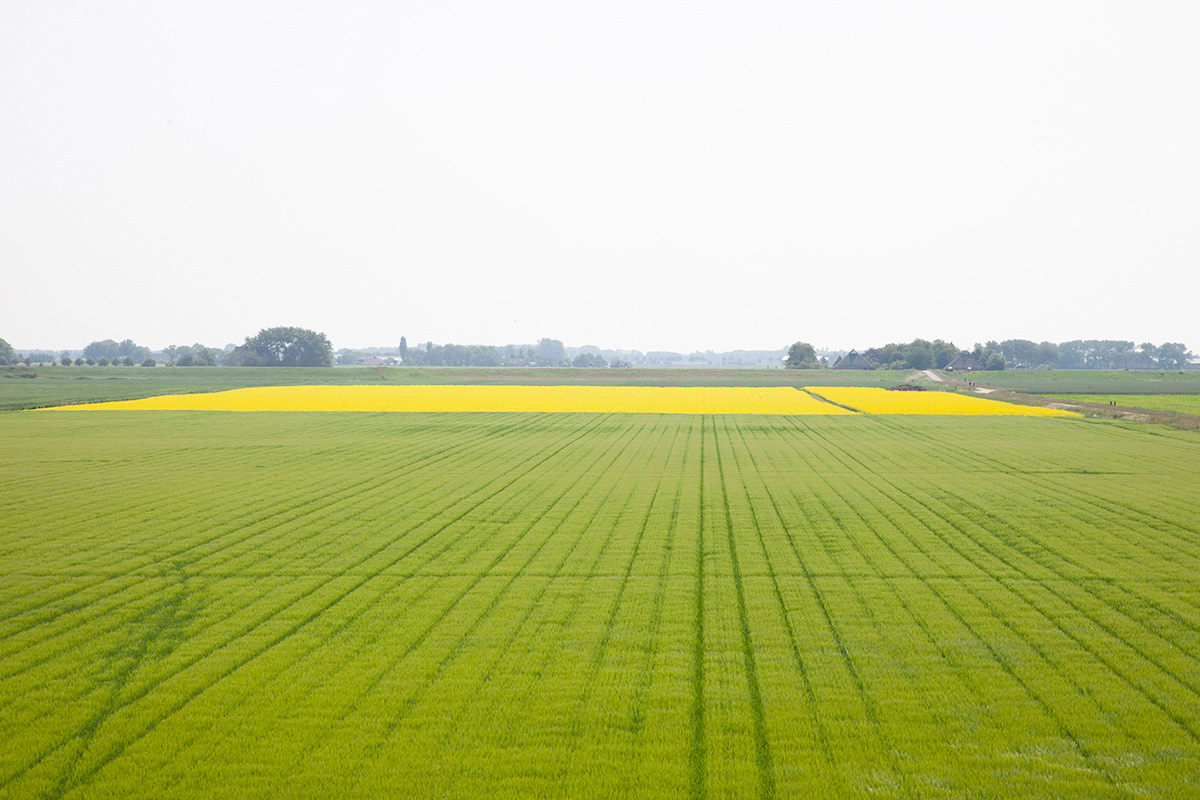
MO 041
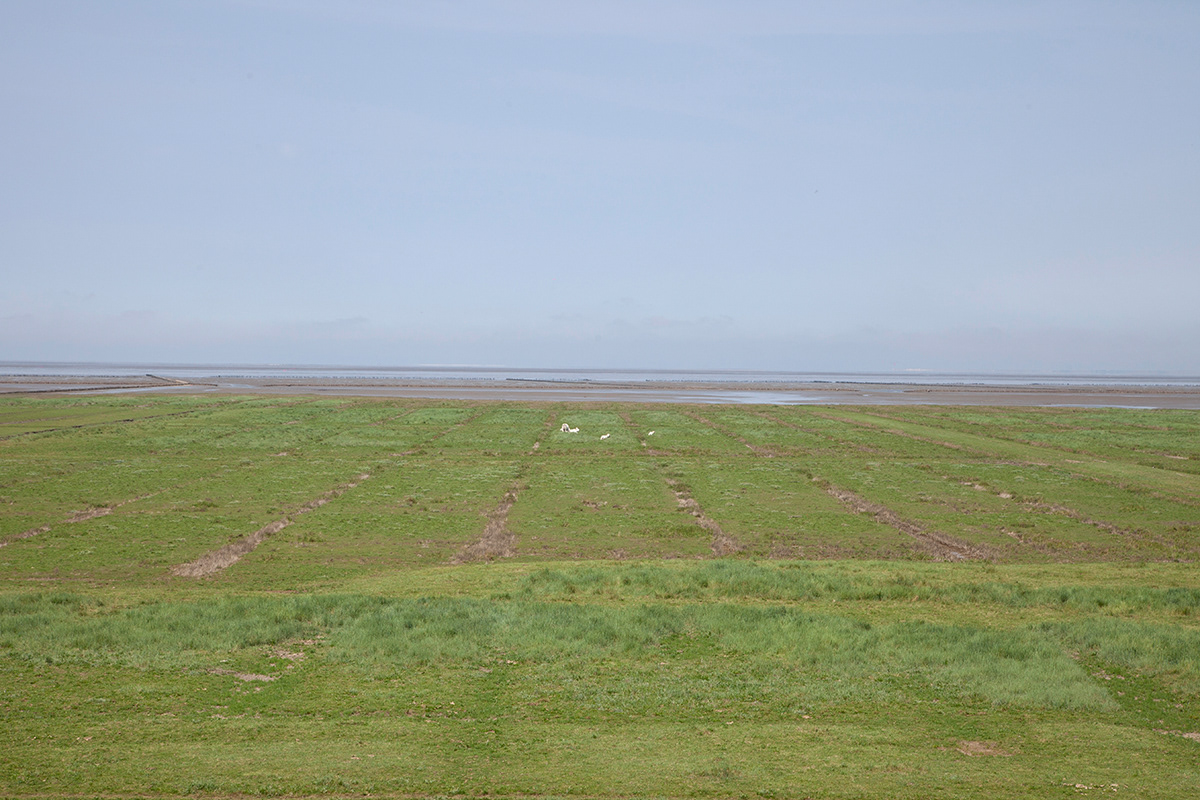
MO 042
In de eerste helft van augustus neemt boer Ale weer contact met me op: "Als alles goed gaat, gaan we volgende week oogsten." "Tenminste, als het weer goed blijft," voegt hij eraan toe. Een paar dagen later rijd ik weer naar de Waddenkust in het noorden van Groningen. Het is een stralende dag, maar als ik bij de kust aankom, waait er een zacht zeebriesje en is de maaidorser al hard aan het werk. Het veld dat een paar maanden eerder nog geel was, is nu goudbruin en de planten zitten vol mosterdzaad.
We lopen naar een tractor met een kar waarop grote houten kratten vol mosterdzaadjes staan. "De mosterd is lekker pittig, maar niet té. "Gele mosterdzaadjes zijn het mildst, de bruine en zwarte mosterd zijn nog pittiger." De maaidorser arriveert en lost een lading zaden in een van de grote kratten.
We lopen naar een tractor met een kar waarop grote houten kratten vol mosterdzaadjes staan. "De mosterd is lekker pittig, maar niet té. "Gele mosterdzaadjes zijn het mildst, de bruine en zwarte mosterd zijn nog pittiger." De maaidorser arriveert en lost een lading zaden in een van de grote kratten.

MO 43
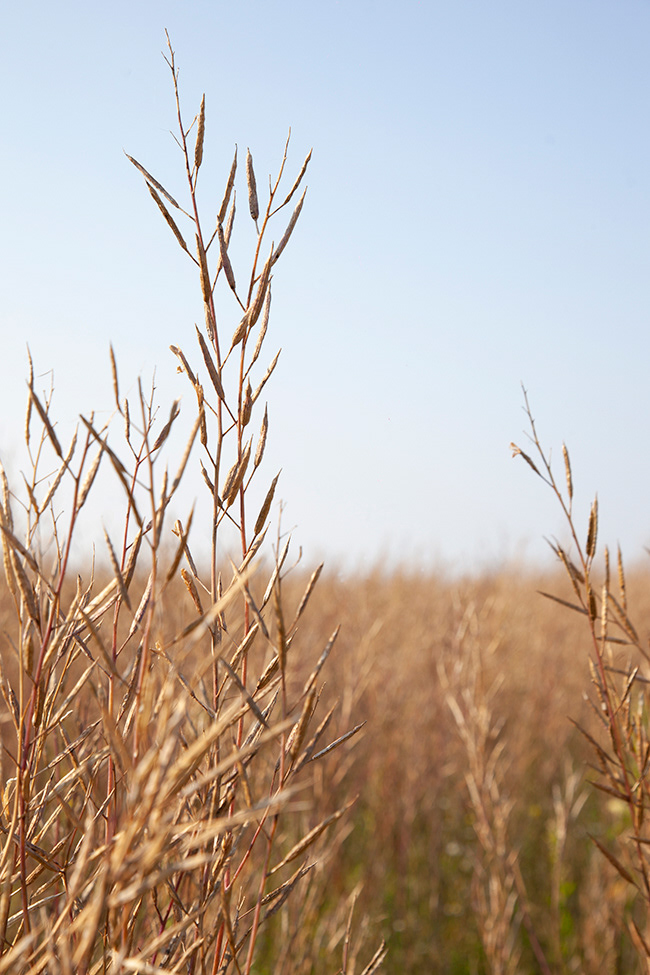
MO 44
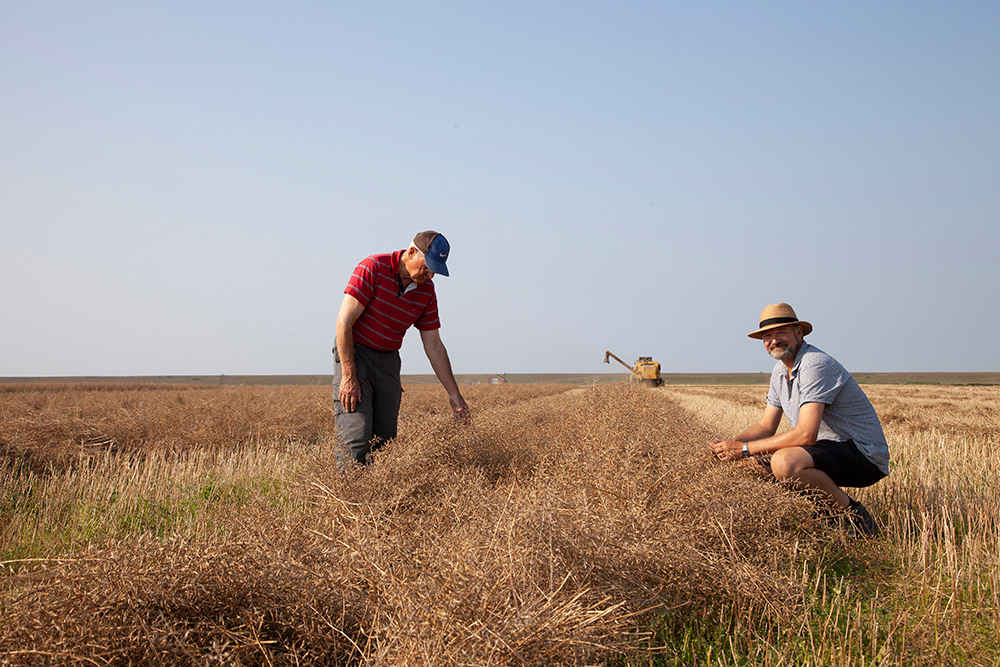
MO 45
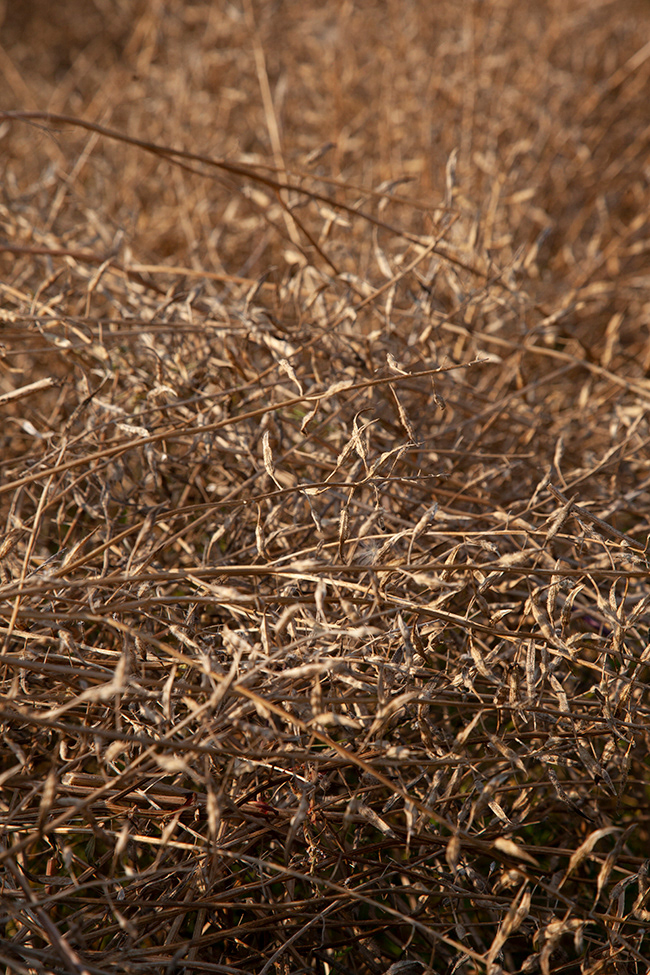
MO 46
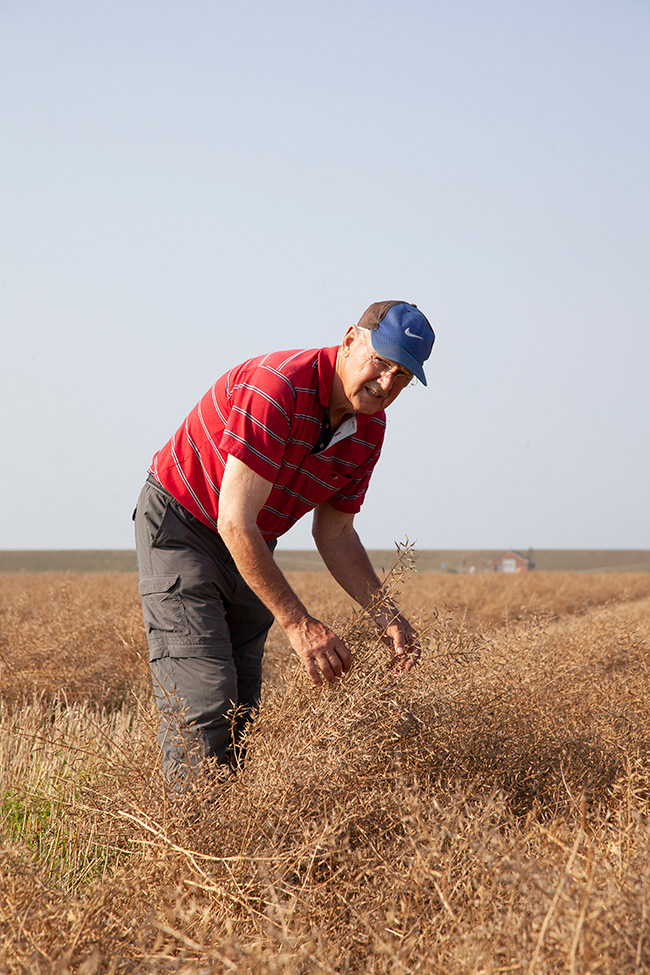
MO 47
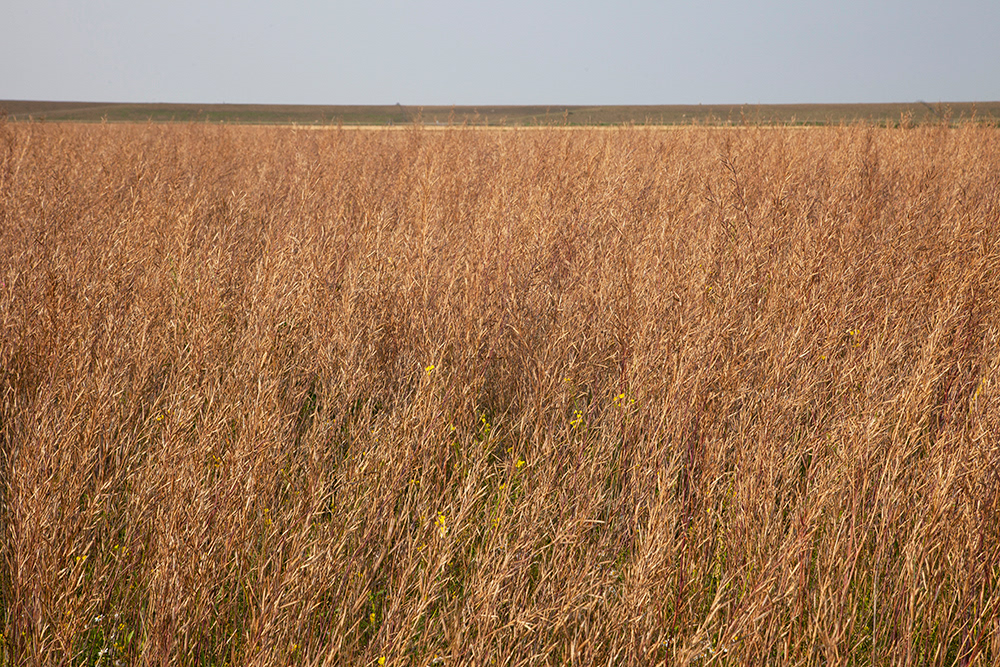
MO 48
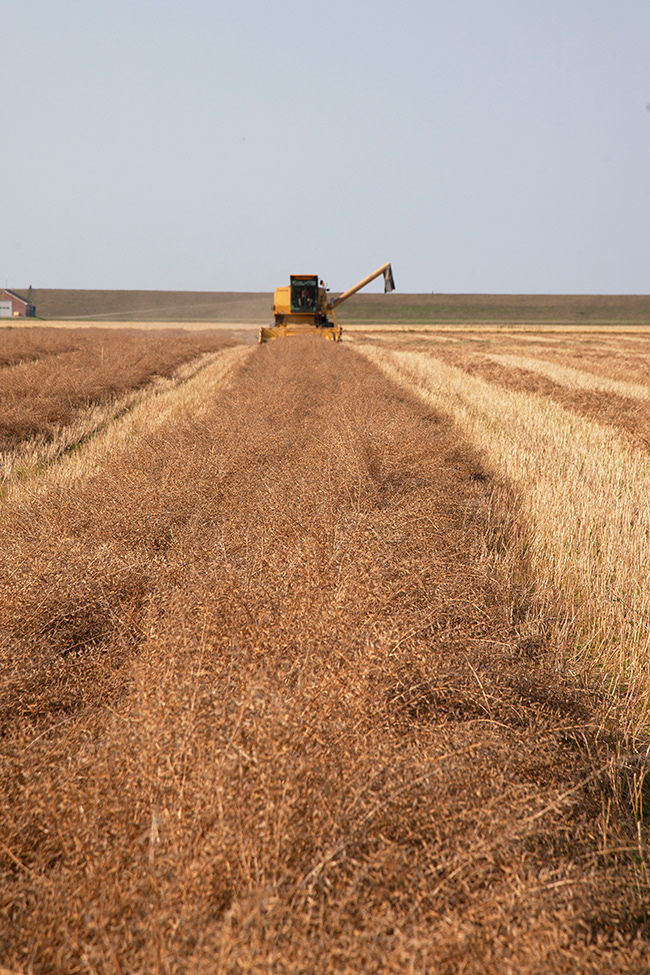
MO 49
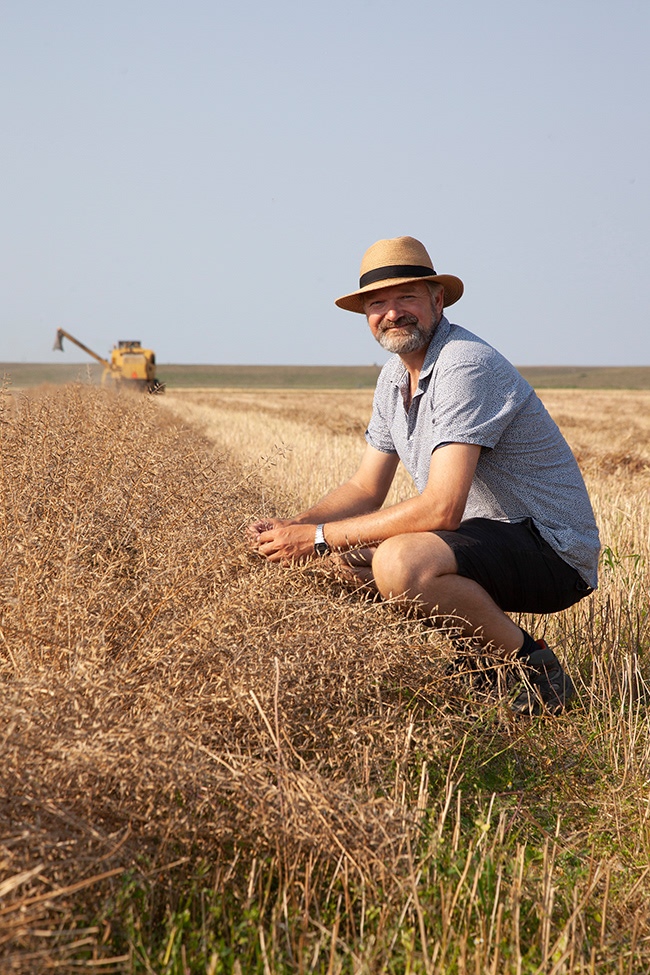
MO 50
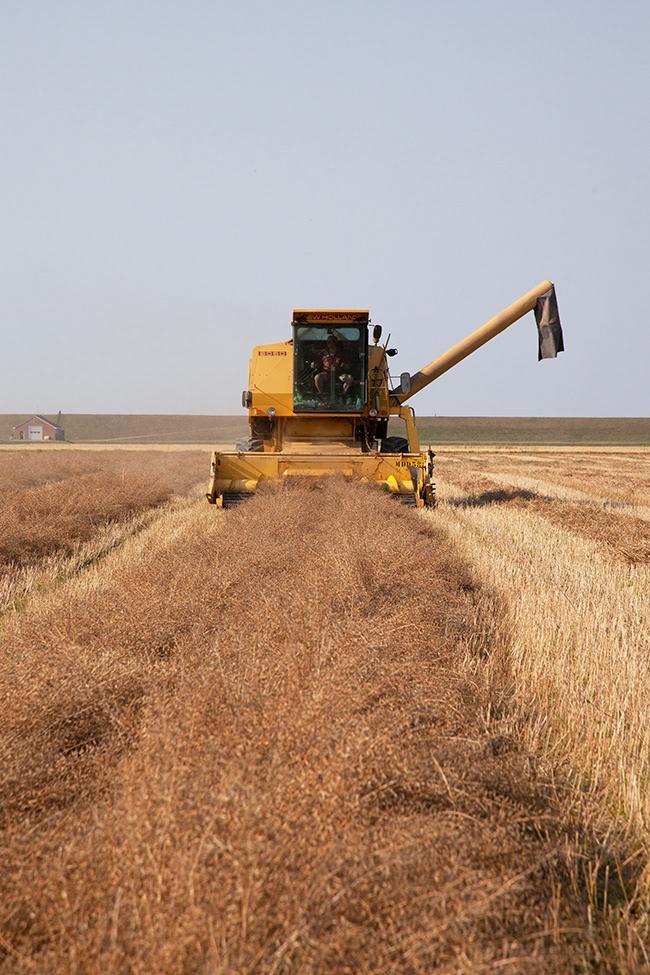
MO 51
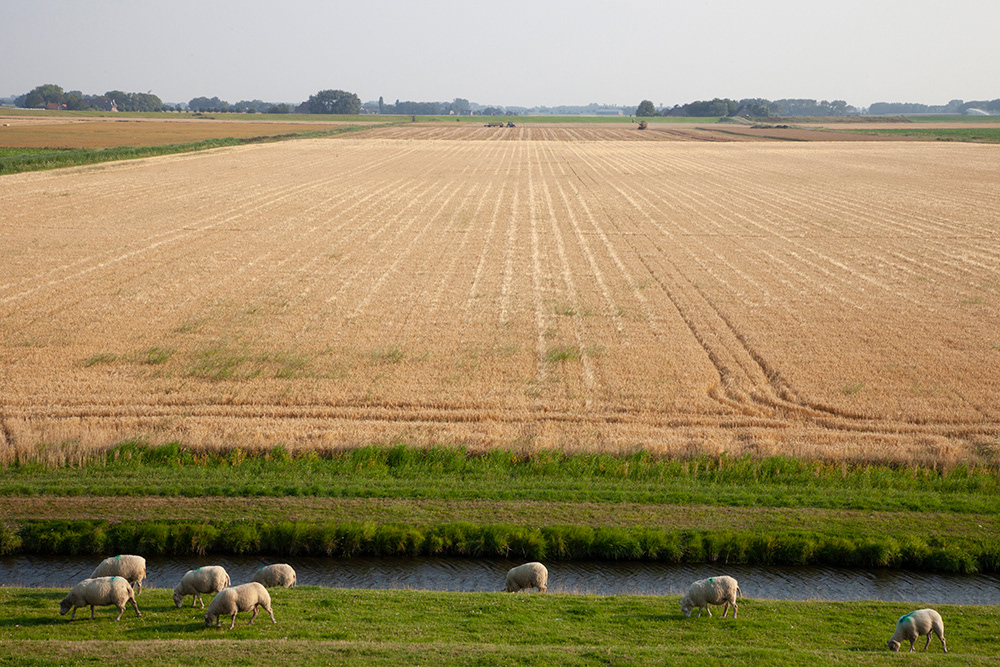
MO 52
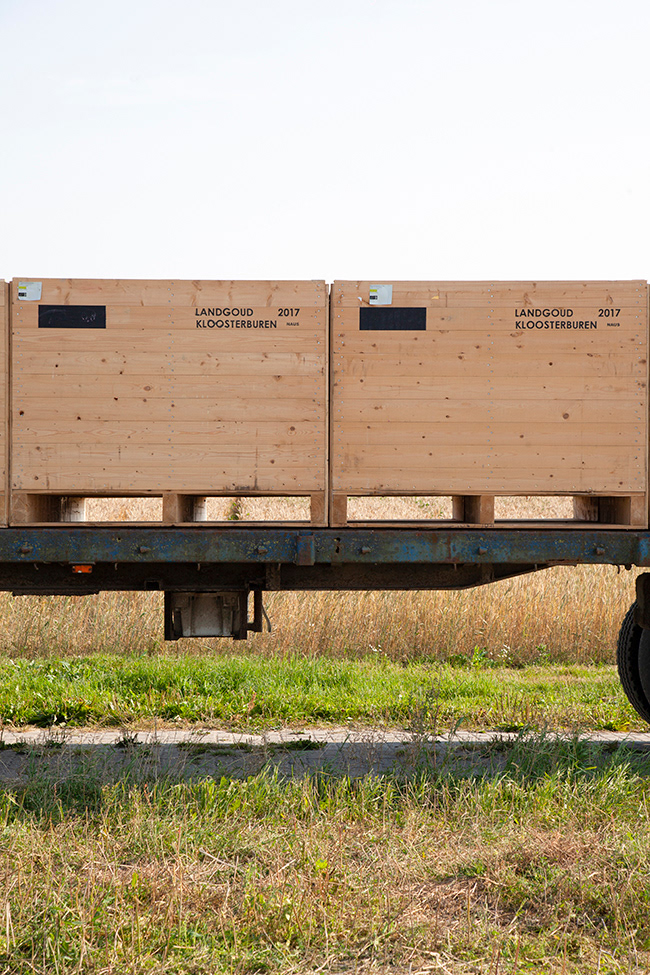
MO 53
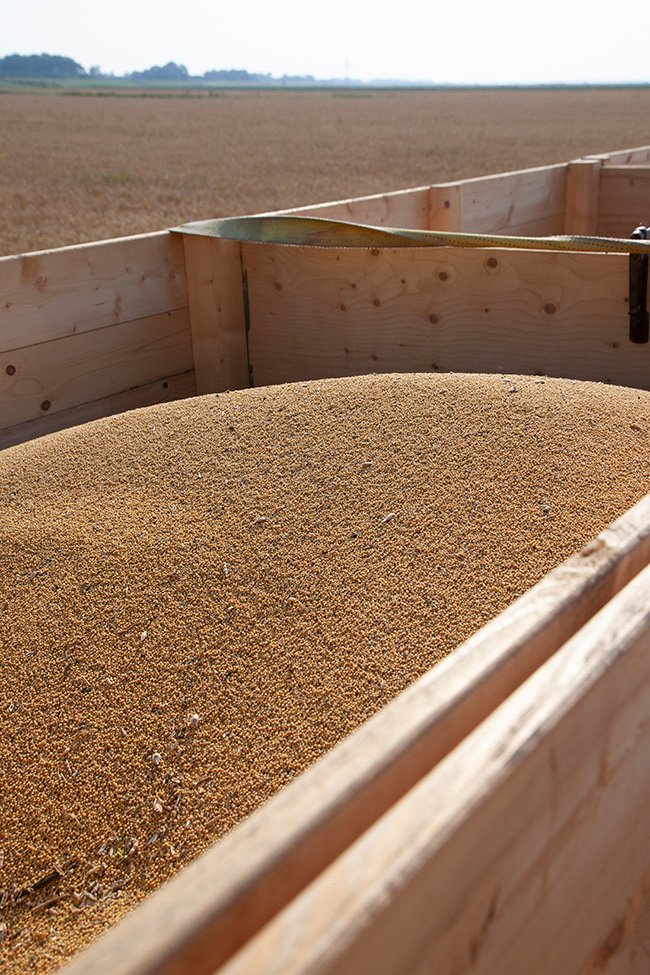
MO 54
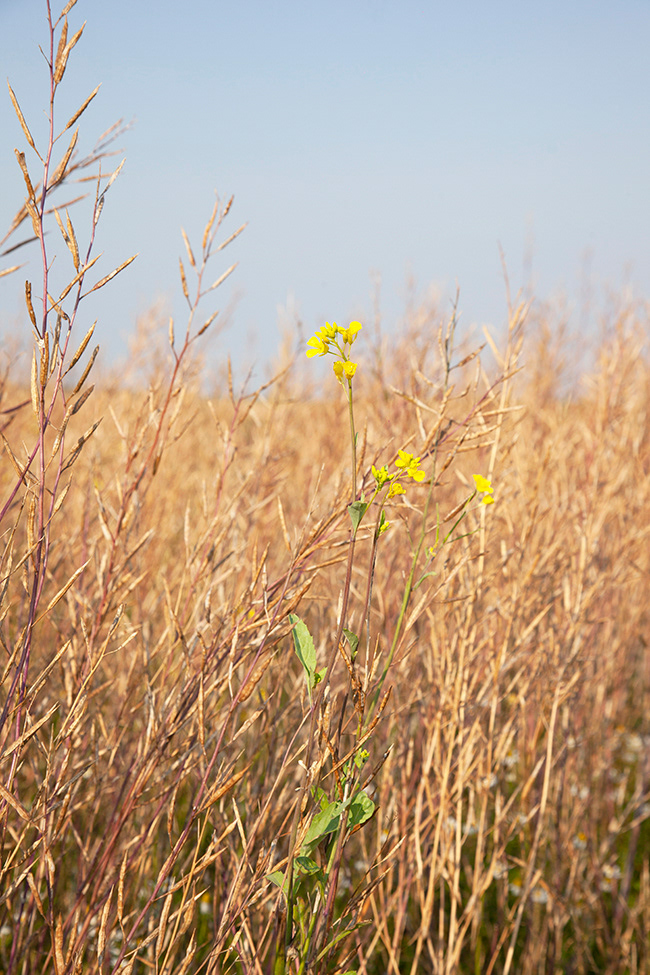
MO 55
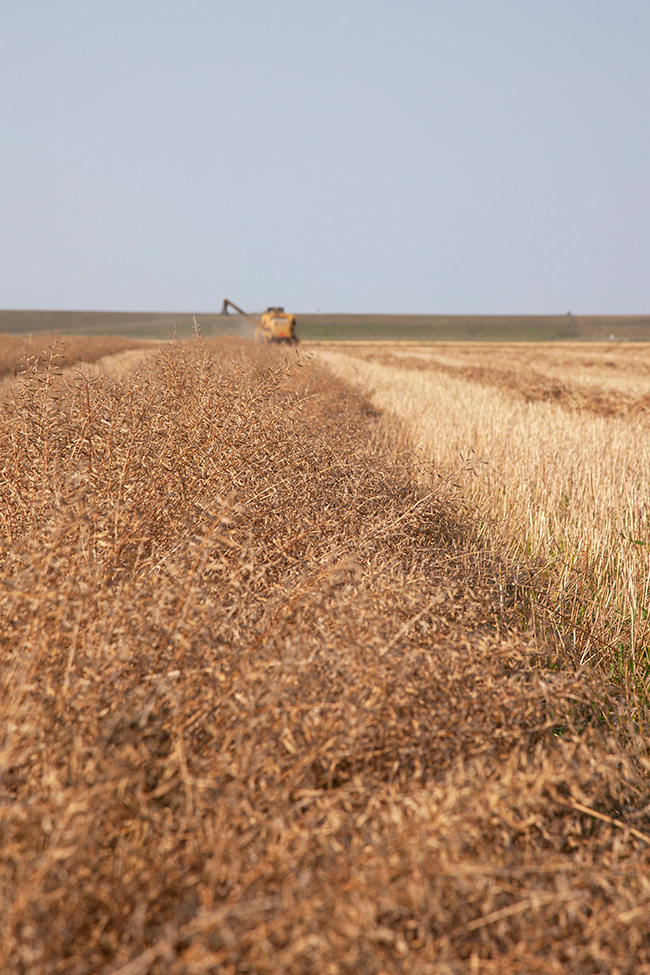
MO 56
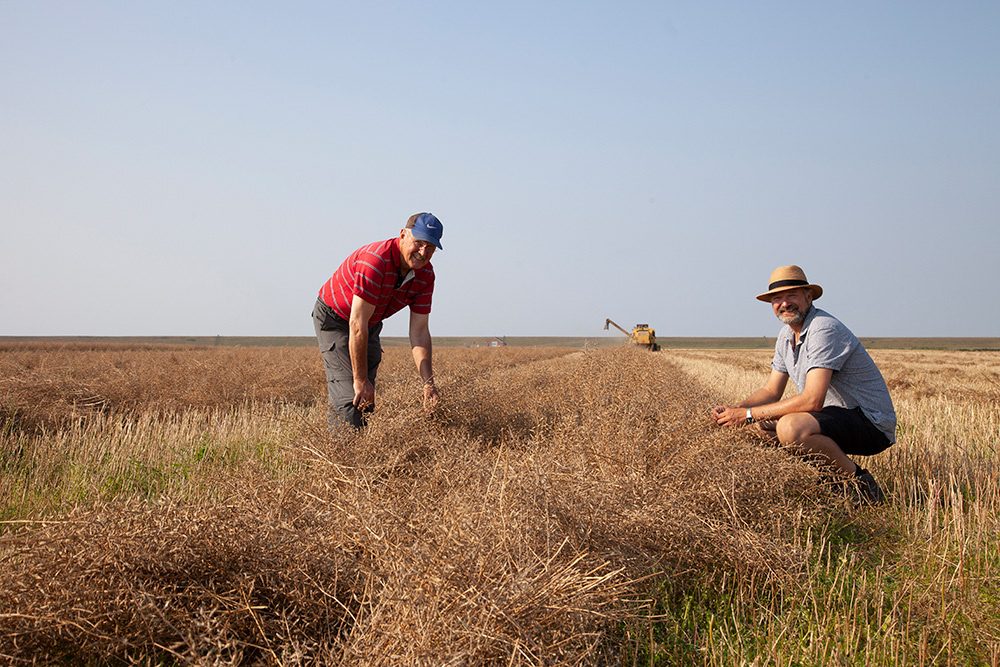
MO 57
